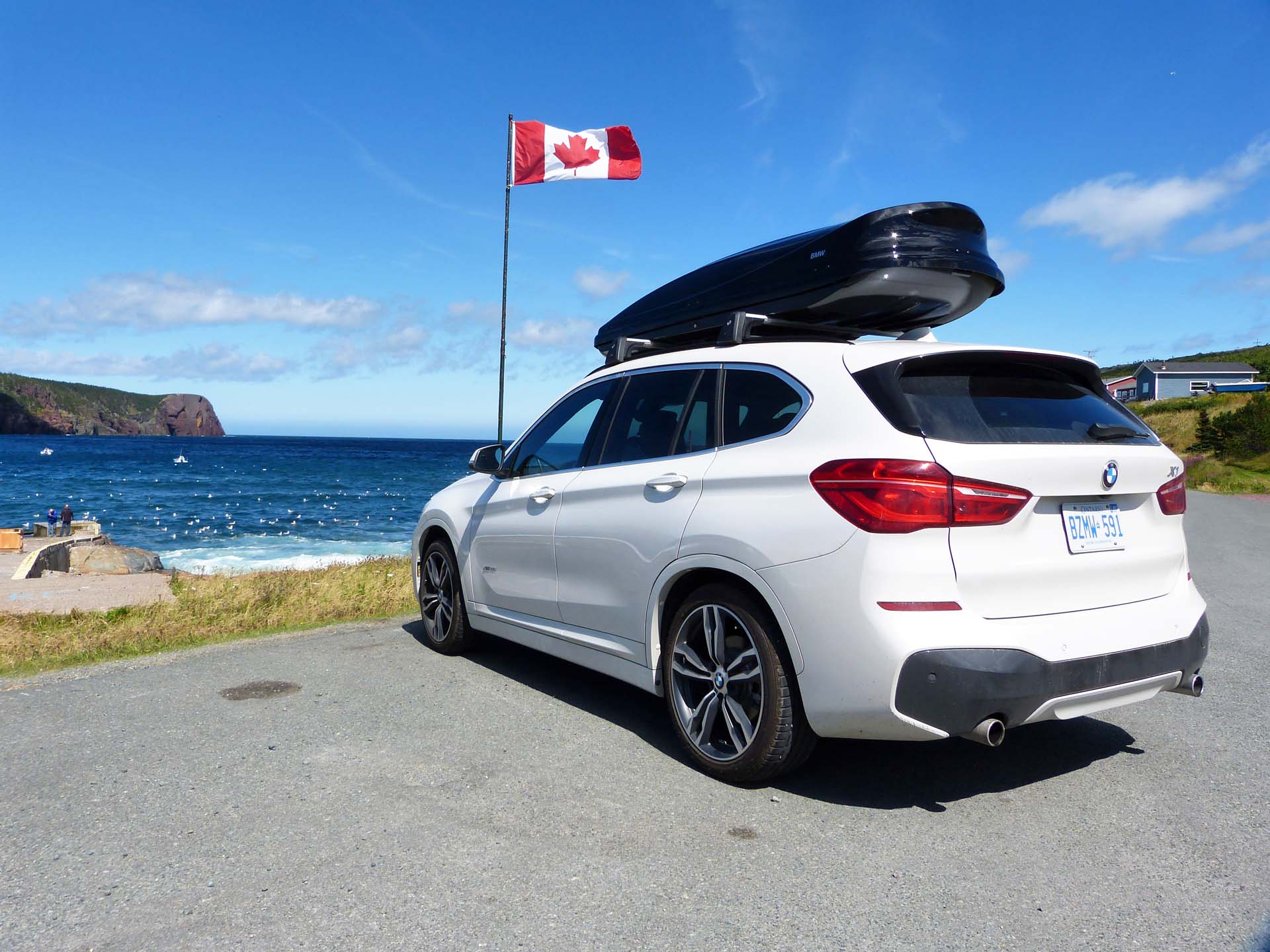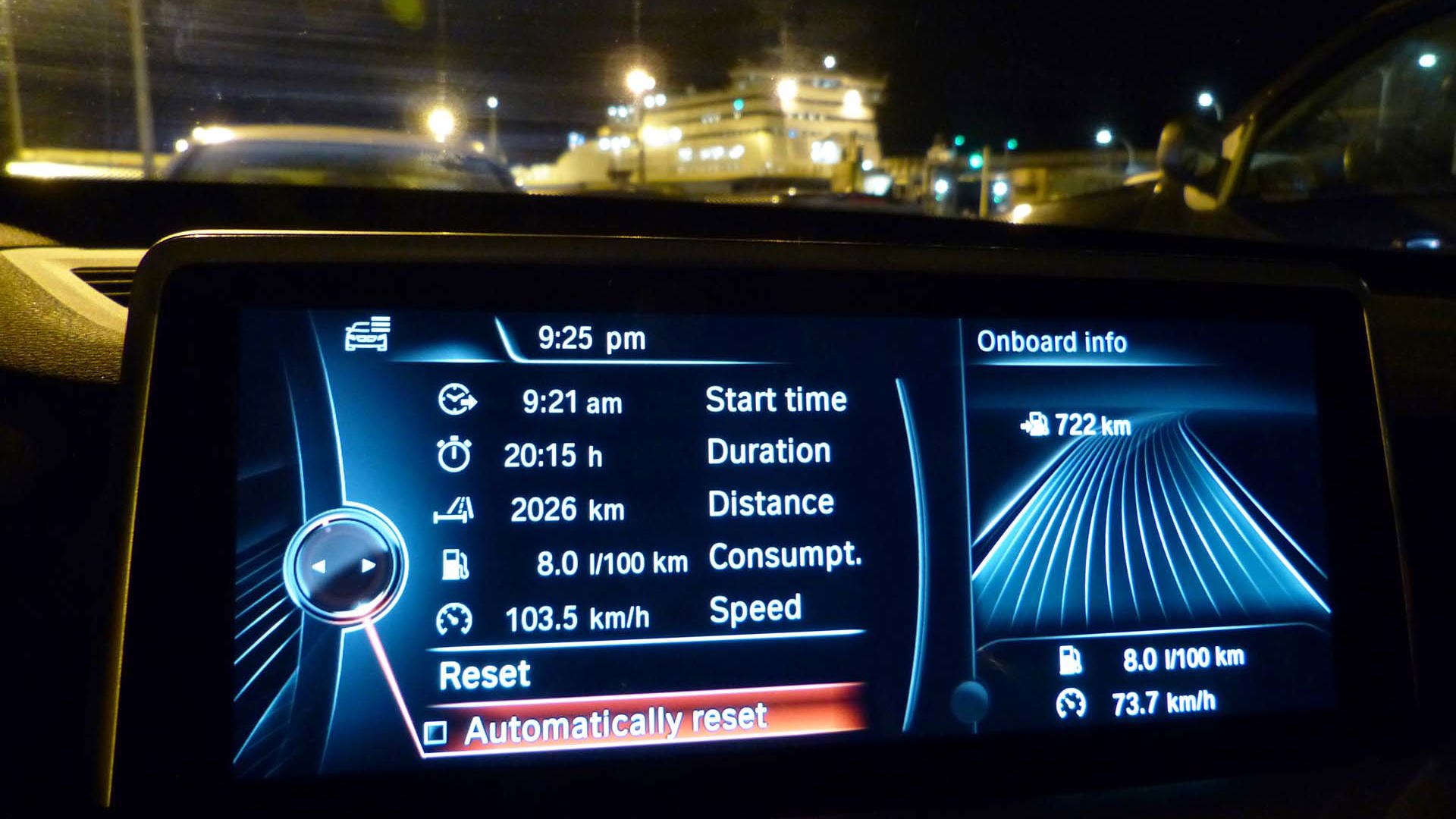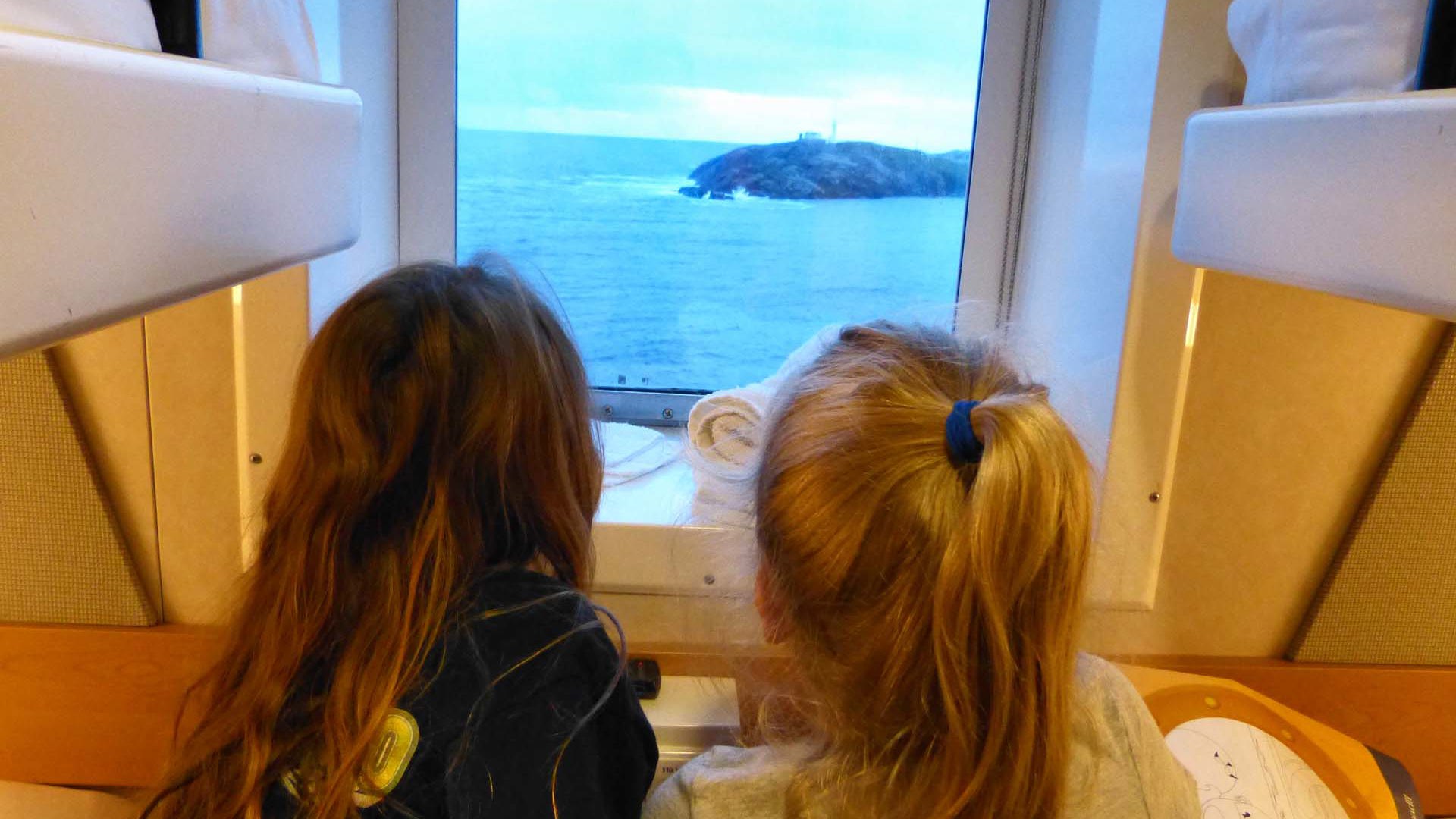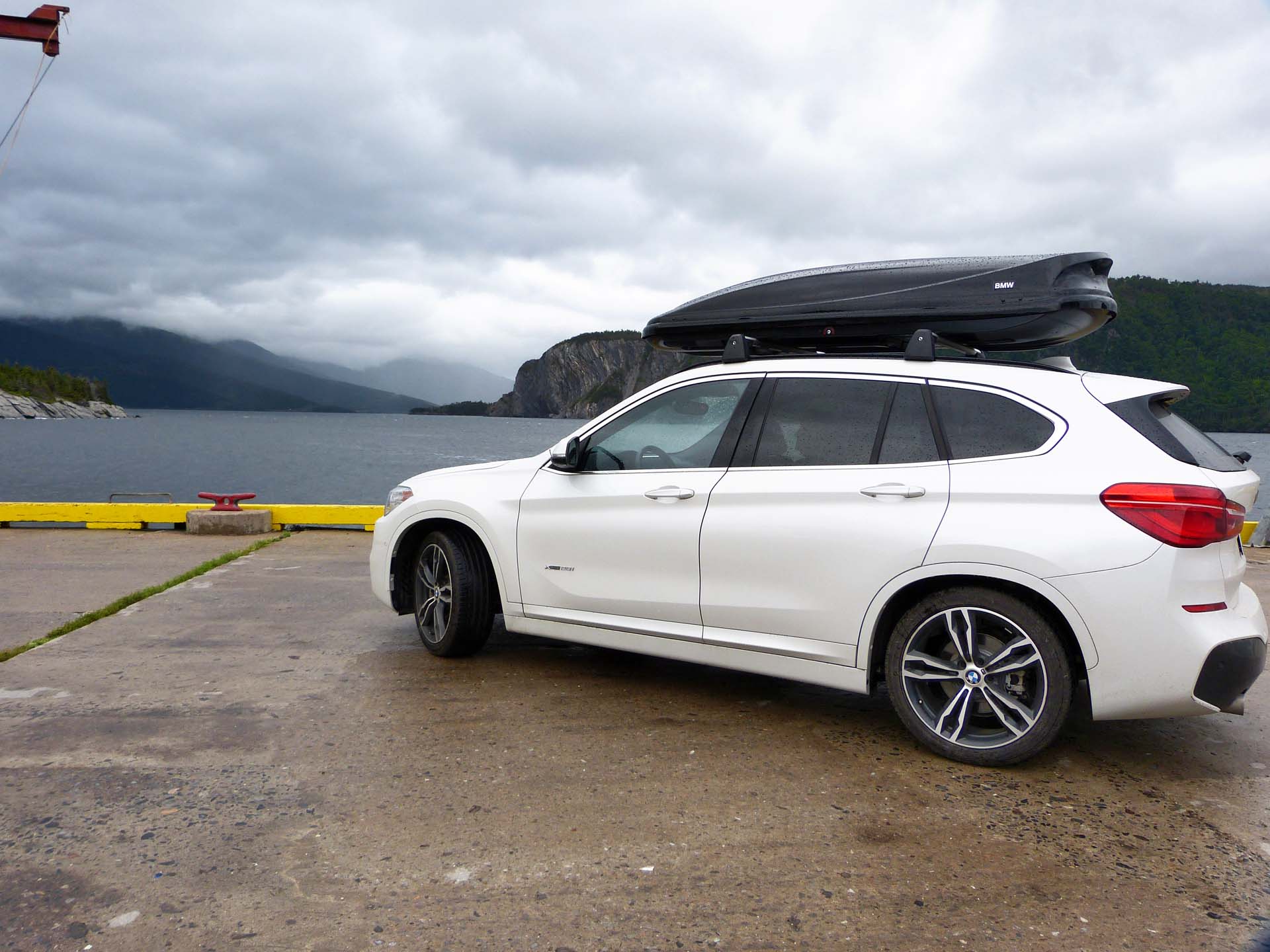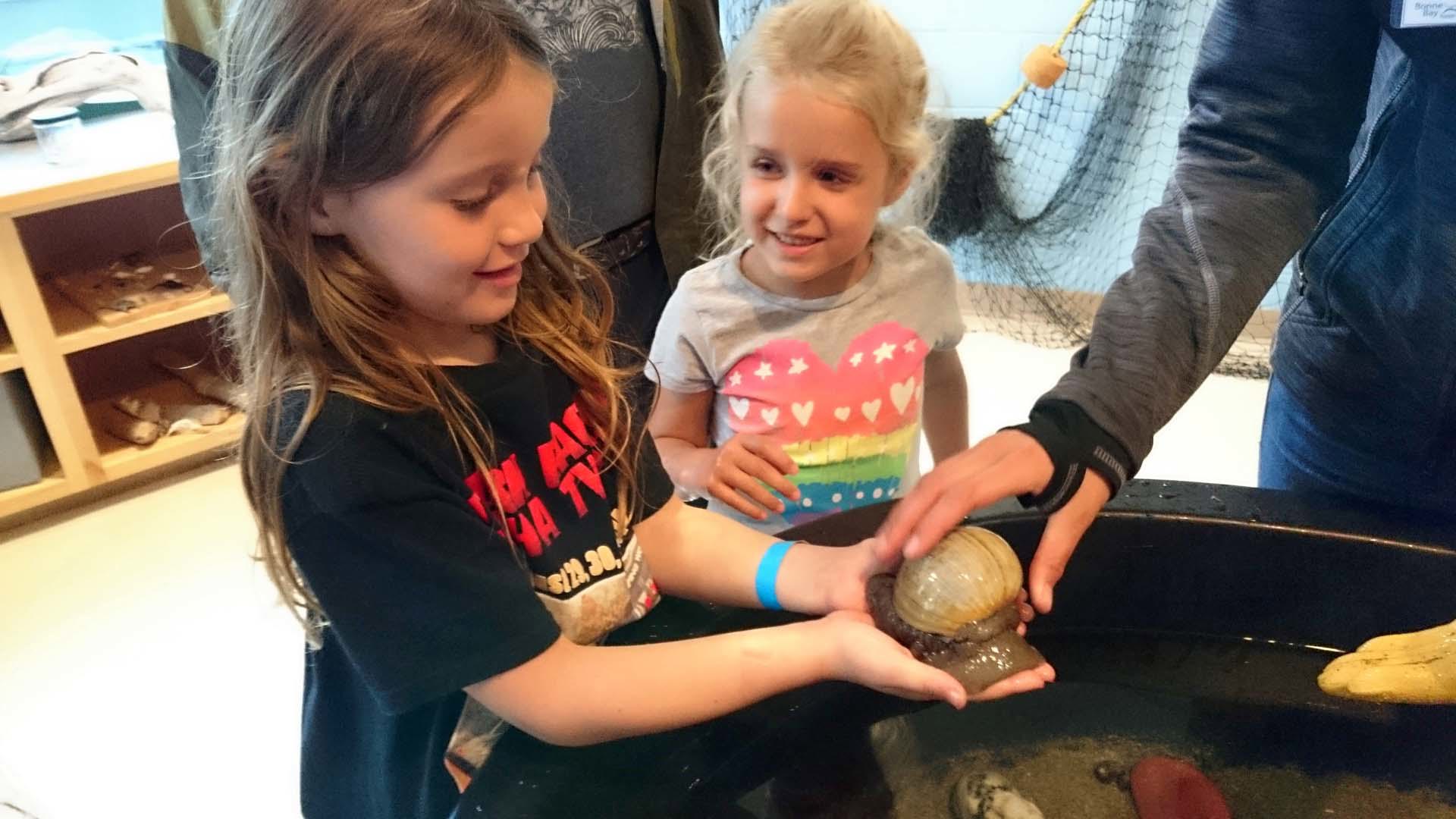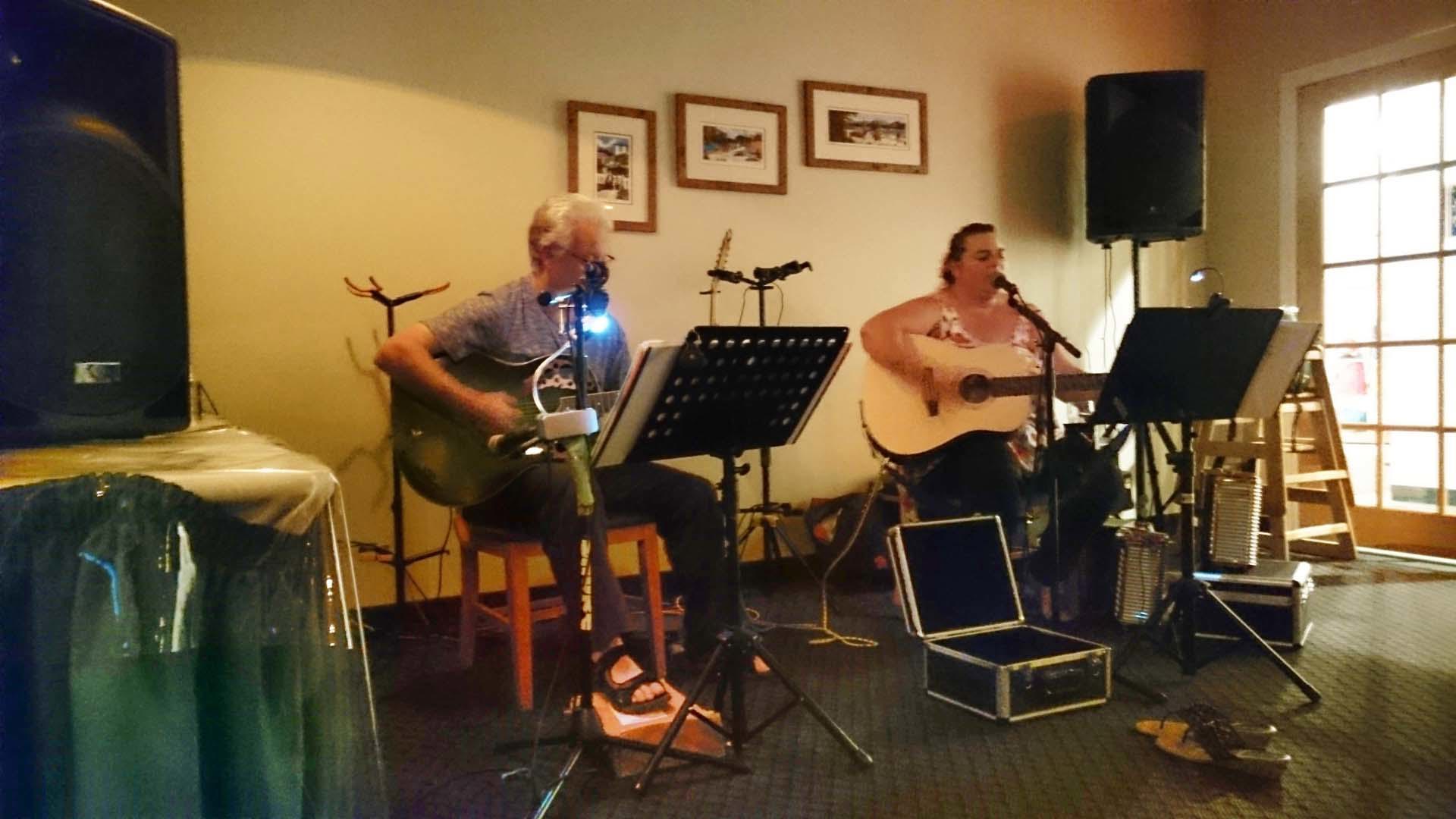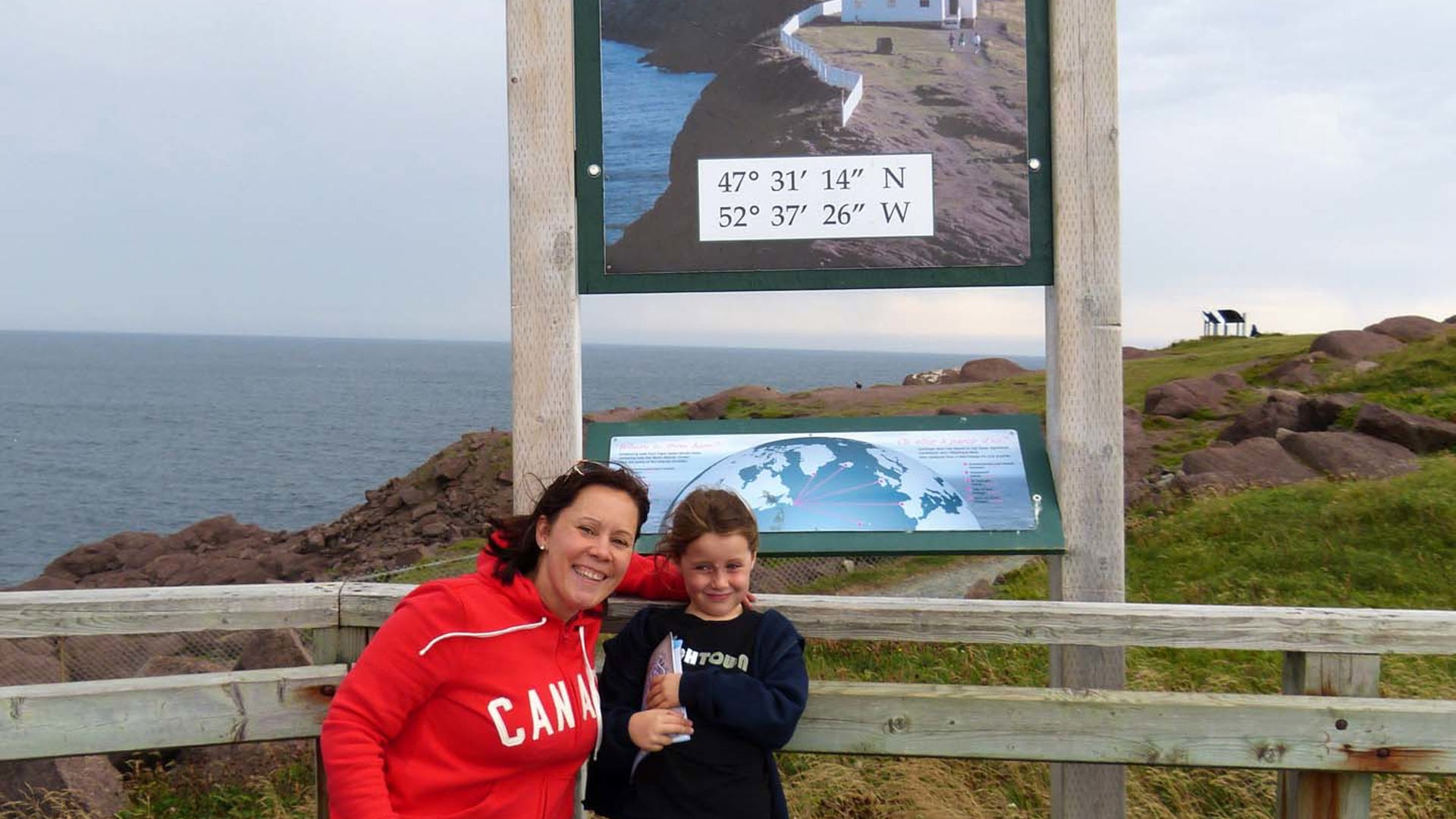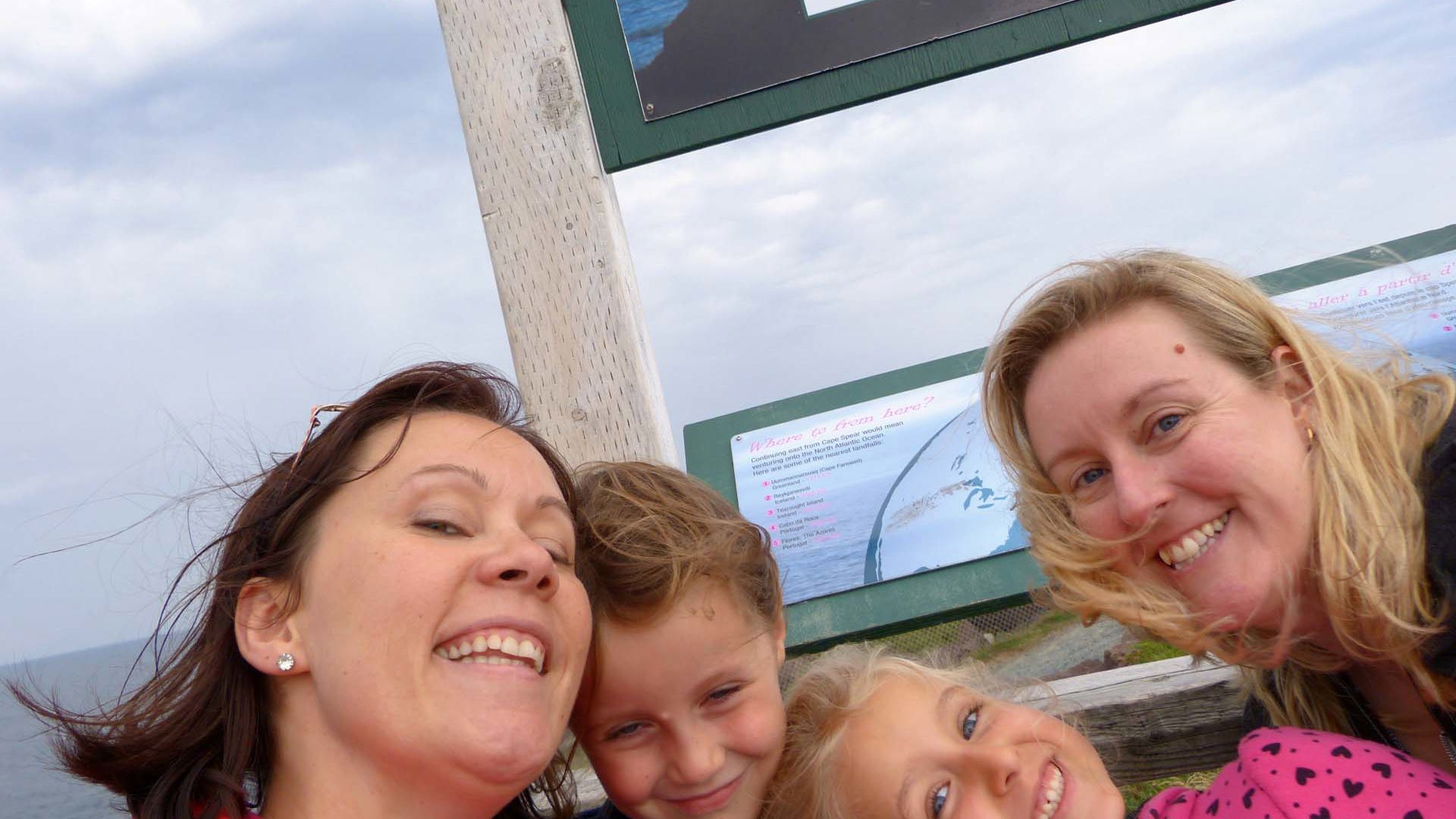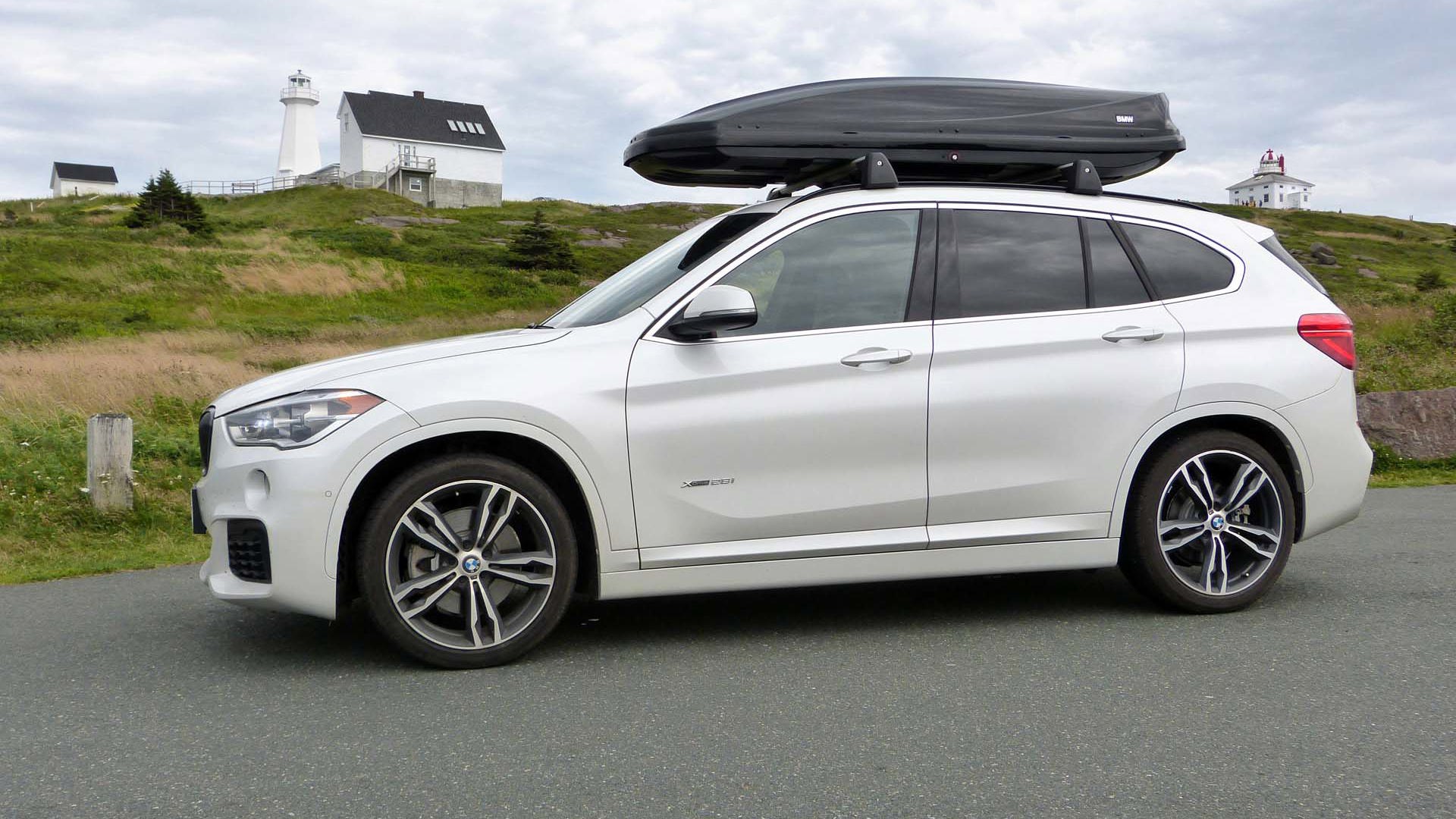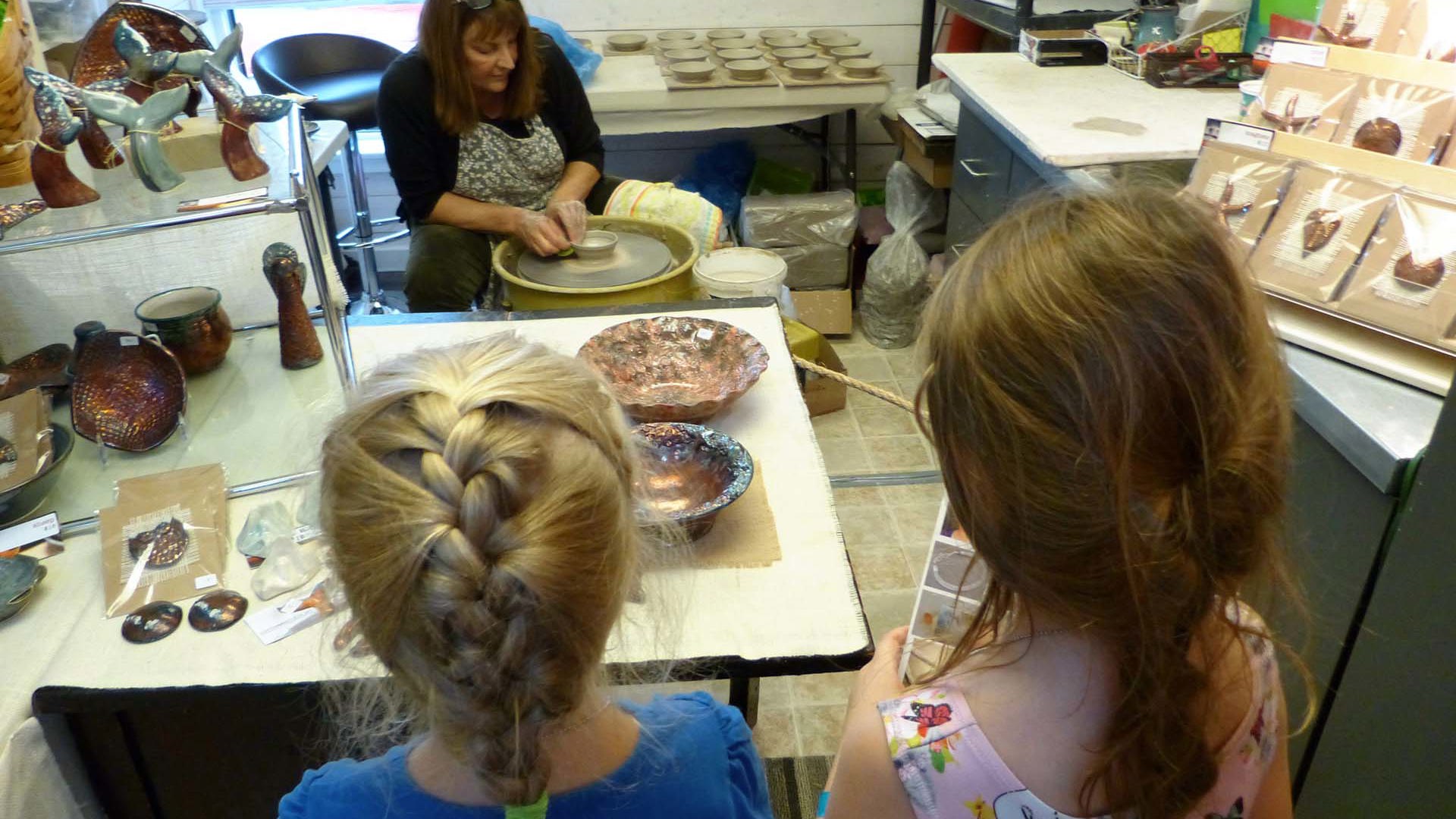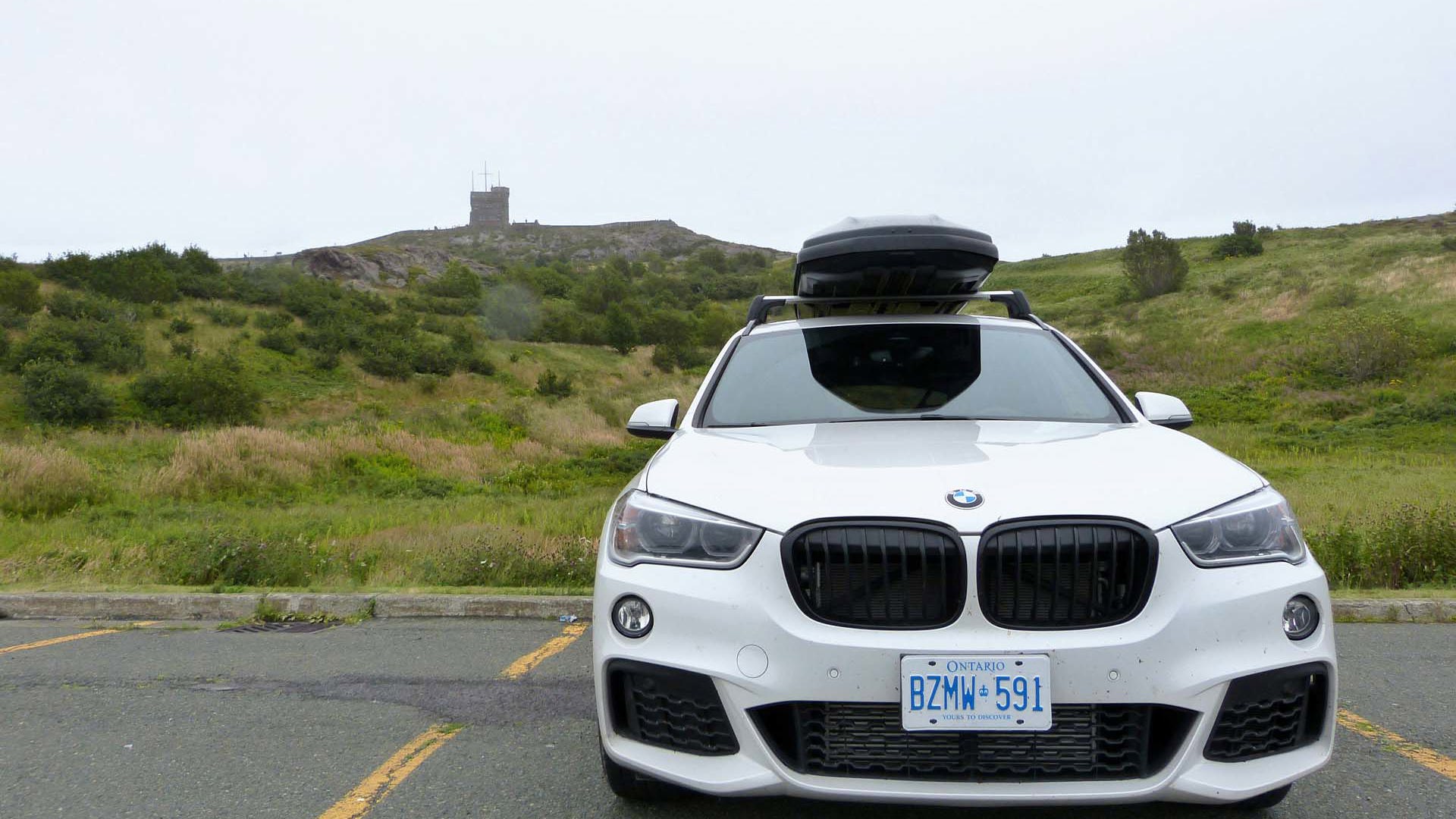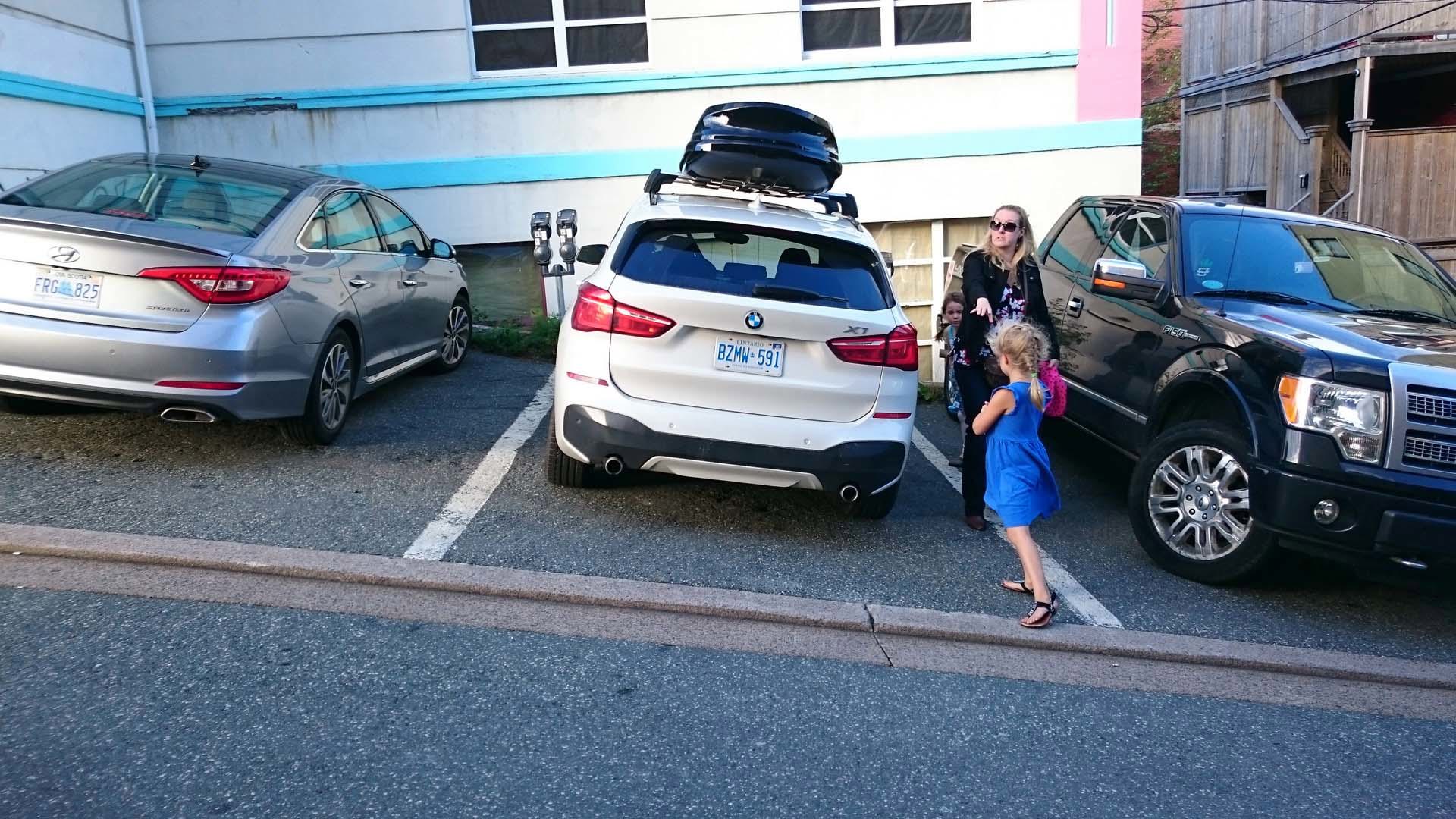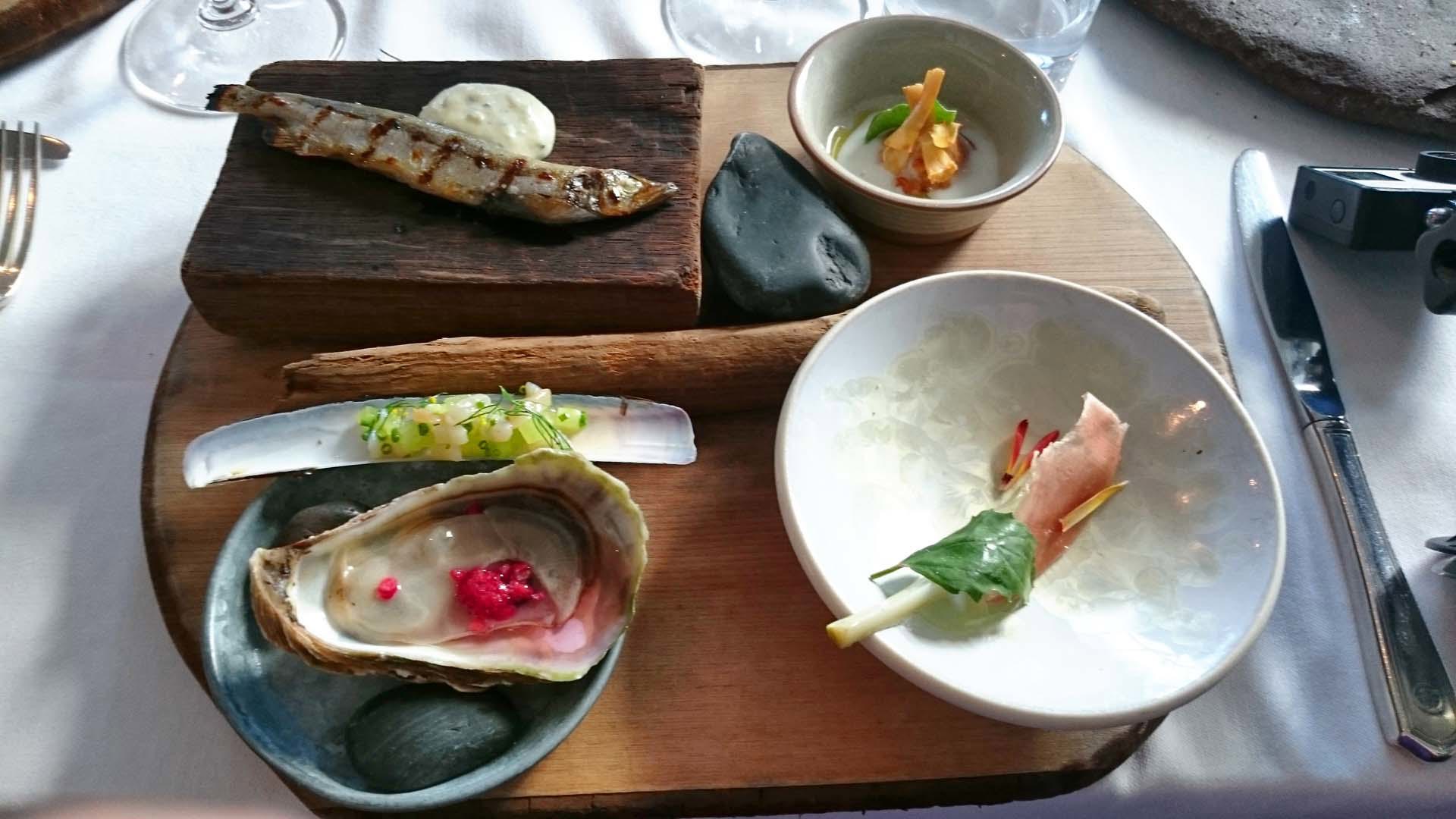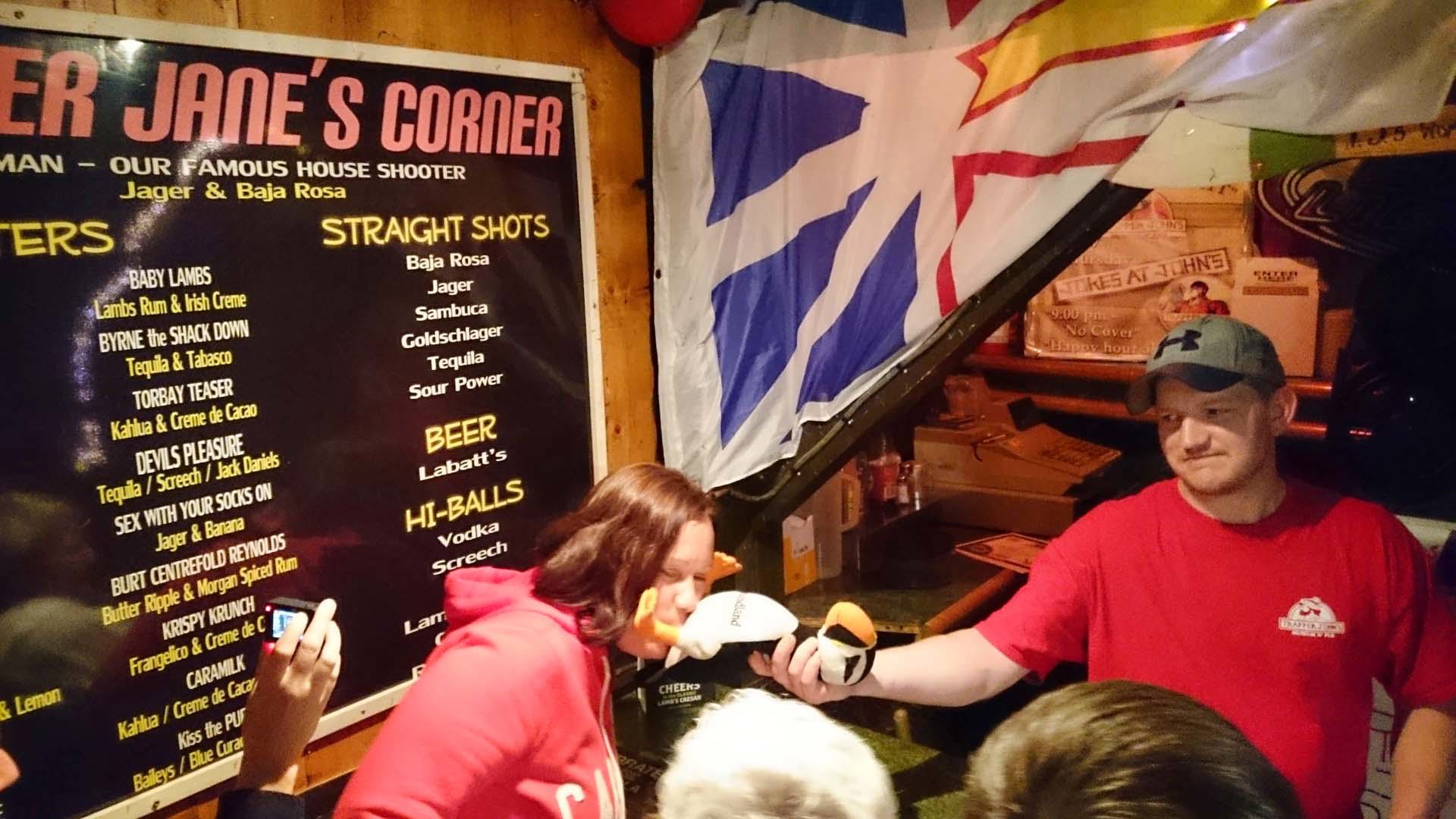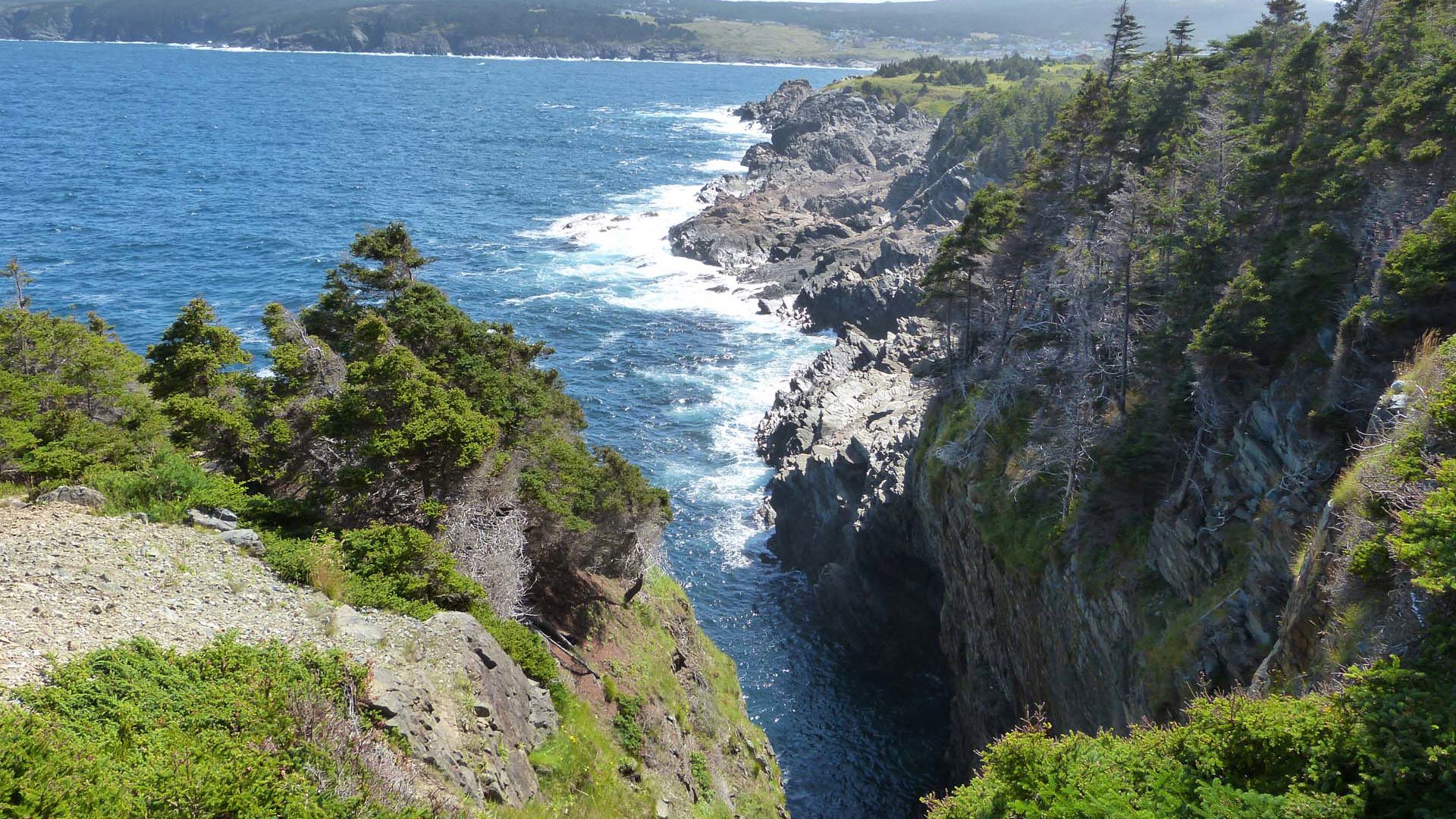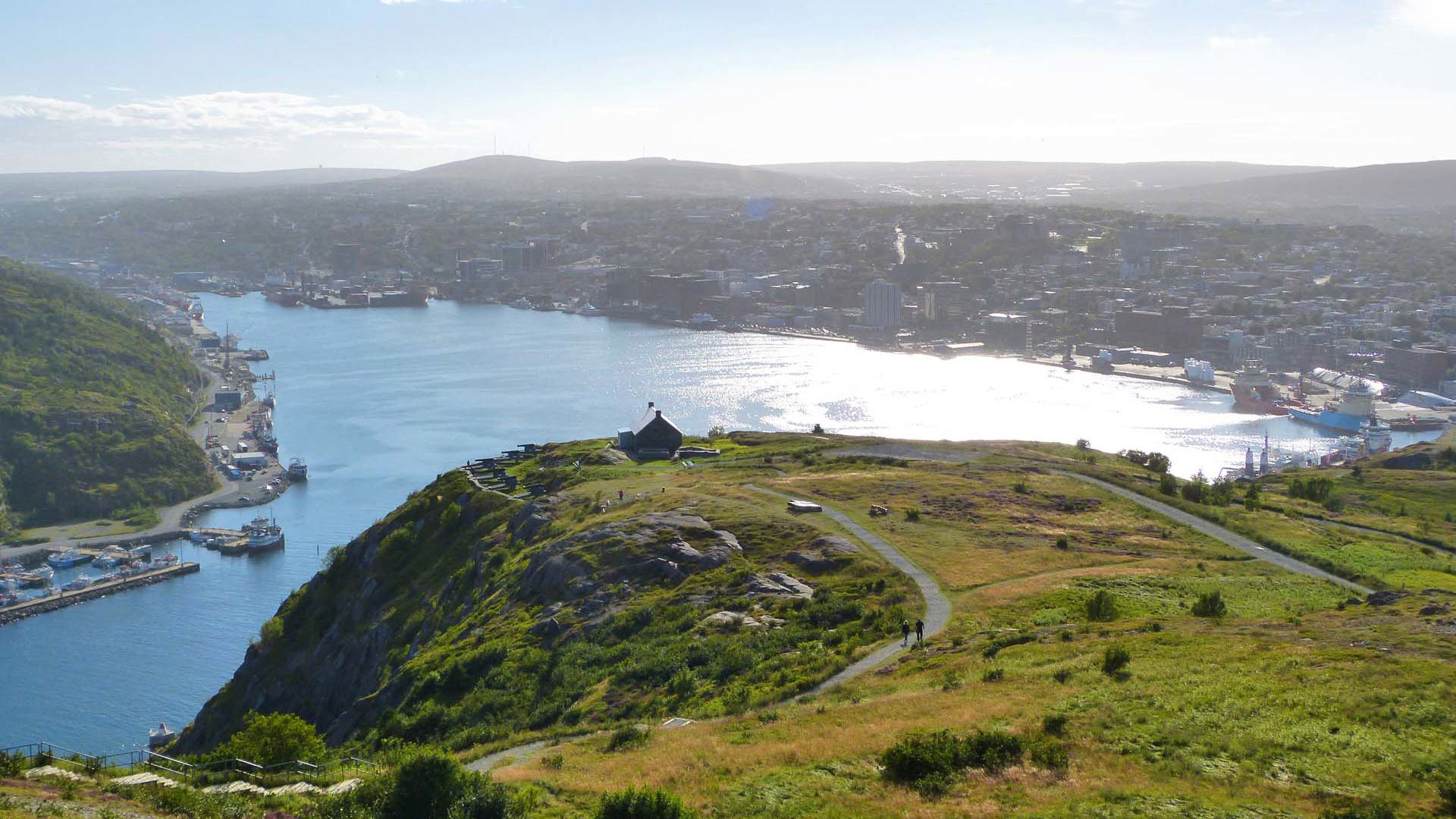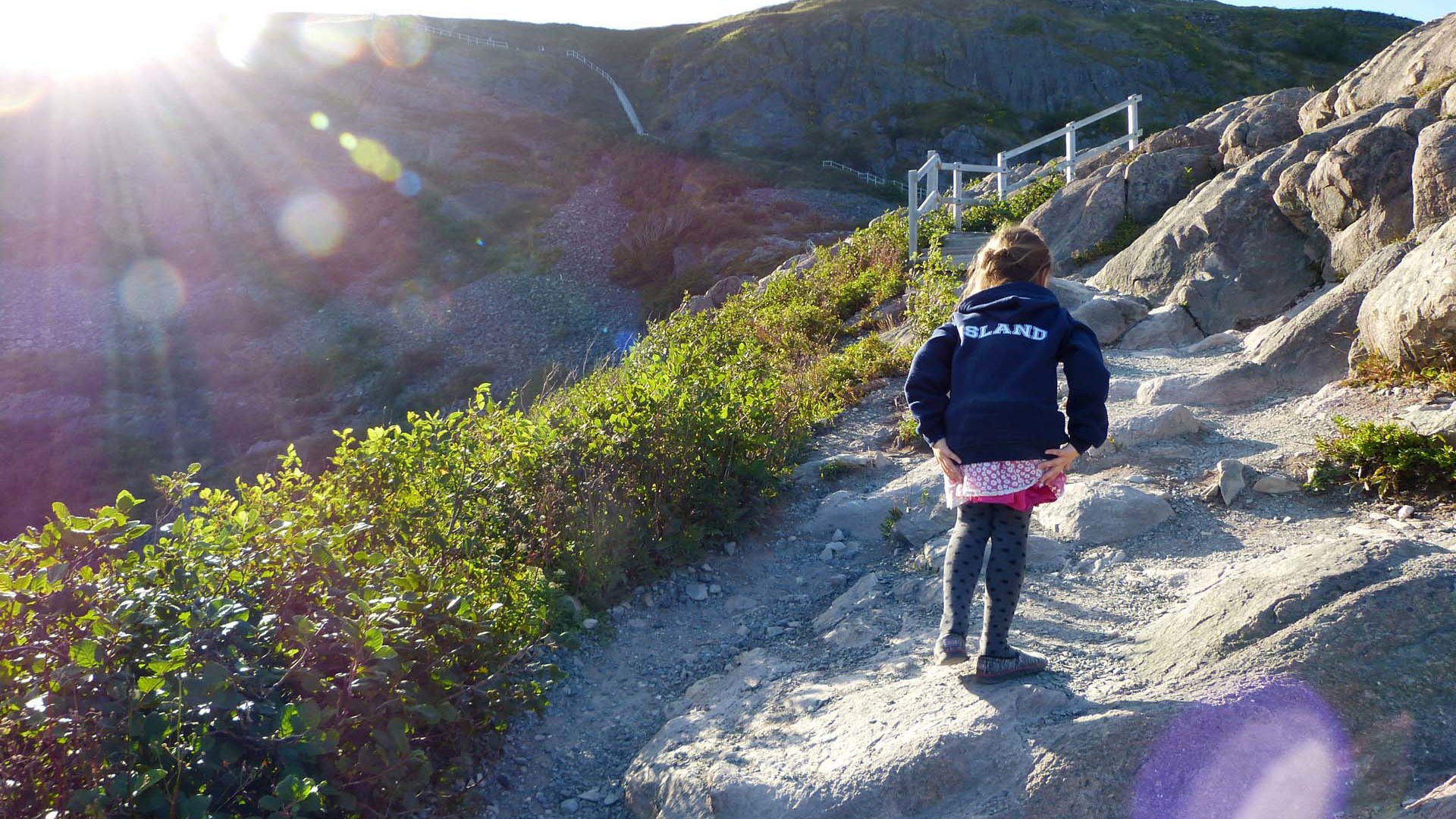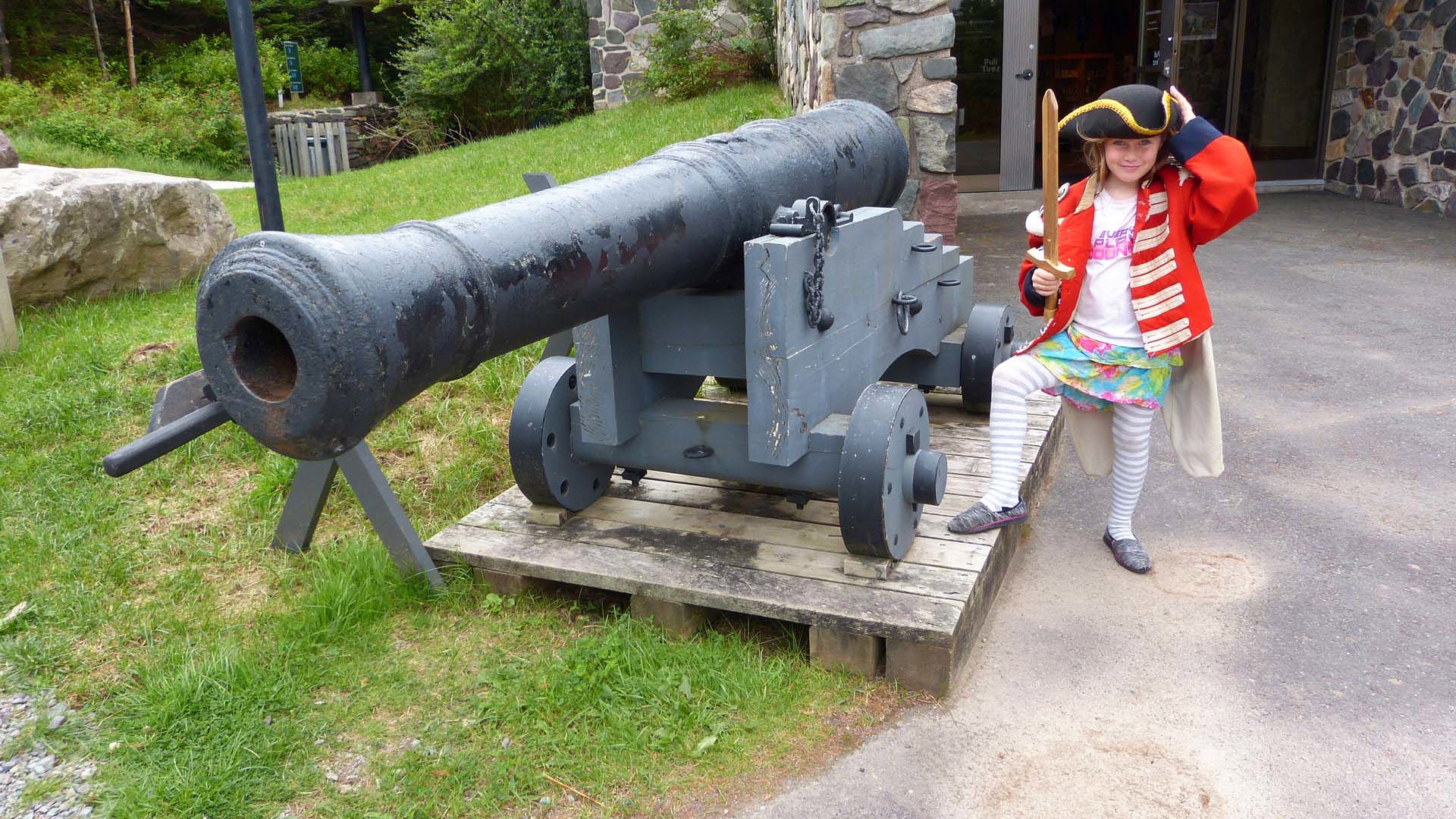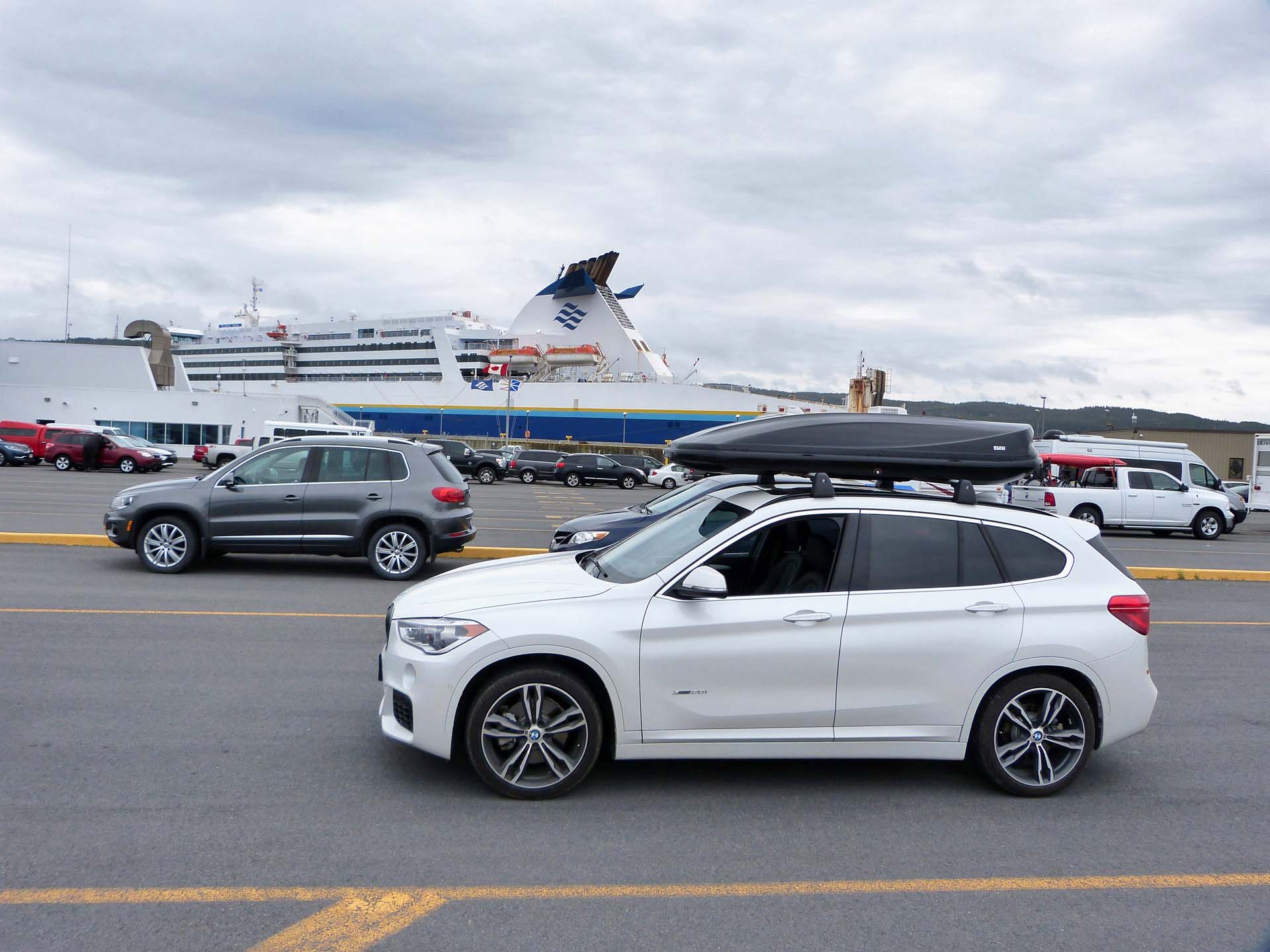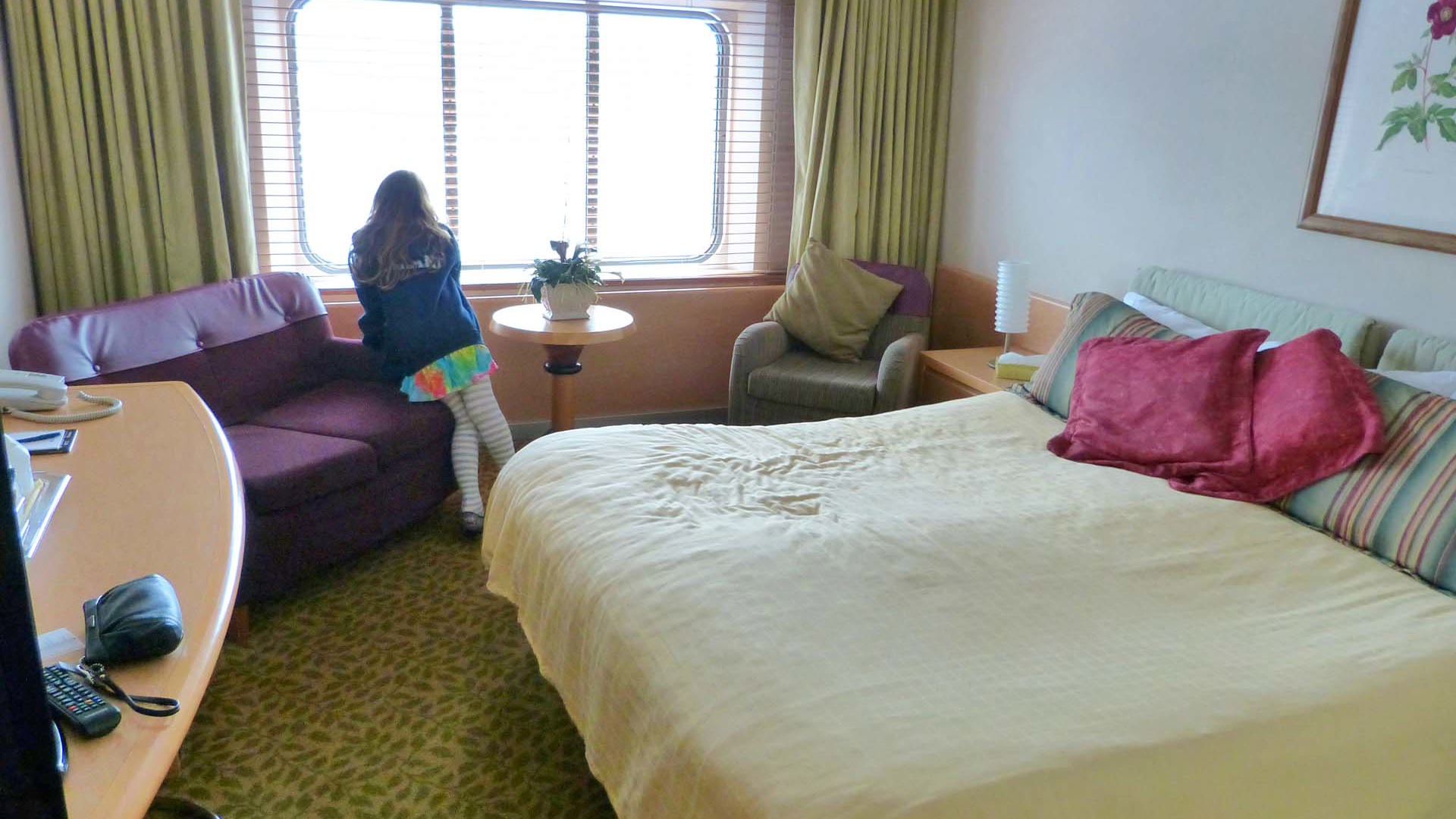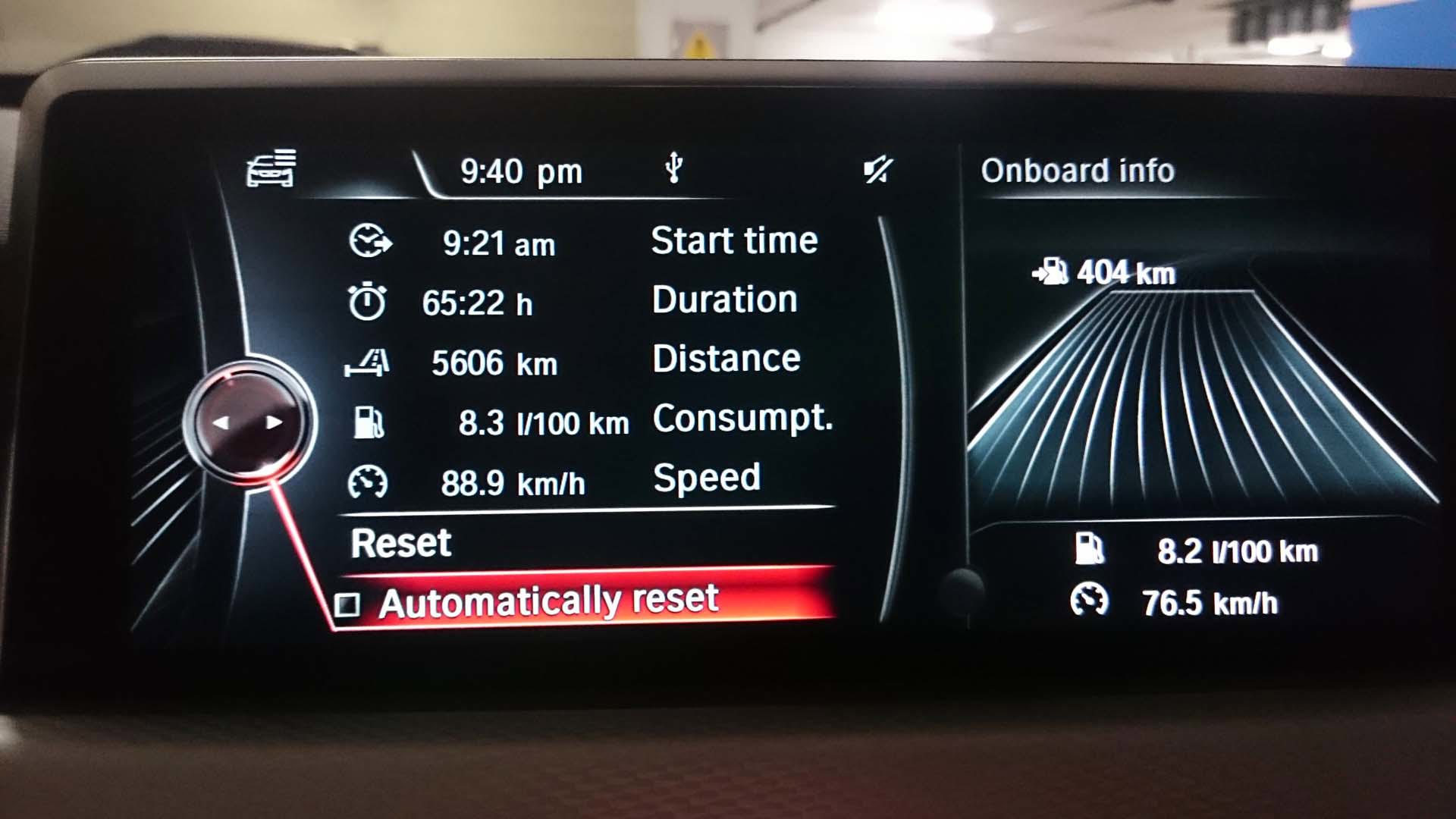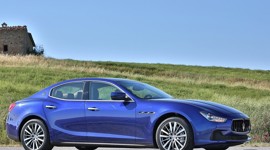Is it worthwhile to pile two adults and two kids into a car and take a road trip to Canada’s most isolated province?
Full disclosure: for me, it was always going to be.
I’ve known my best friend for more than 30 years now, and as a child I spent almost as much time at her house as I did at my own. Amy is the only person in her immediate family who wasn’t born in Newfoundland – she holds an Ontario birth certificate, a fact the rest of her kin has never let her live down -- and so I grew up constantly surrounded by the sense of warmth and community that’s a natural part of a Newfoundlander’s home.
Ever since we were girls, we’ve talked about one day taking a road trip to Newfoundland together so that I could see her origins for myself. But, of course, life happened. By the time we were old enough to drive, teenage friendship dramas and university studies and marriages constantly preoccupied us as the years flew by unnoticed.
Then, as fate would beautifully have it, we both had daughters – her little girl was born 10 months to the day before mine – and we knew that putting the dream off for a few more years was going to make it even more special.
This summer, the time was right. With both girls about to start grade one, they were old enough to make memories with us that would have an impact. So, we packed up a BMW X1 and hit the road.
Back to the original question: is it worthwhile to drive when you could fly and save a lot of time?
For us, the point of our trip was to seek out the real Newfoundland. Flying into St. John’s and renting a car was an option, but it lends oneself to staying too close to home base. We arrived by the ferry on one side of the island and left from the other, which sent us on a journey that taught us much more about Newfoundland than we would have learned otherwise.
THERE AND BACK AGAIN
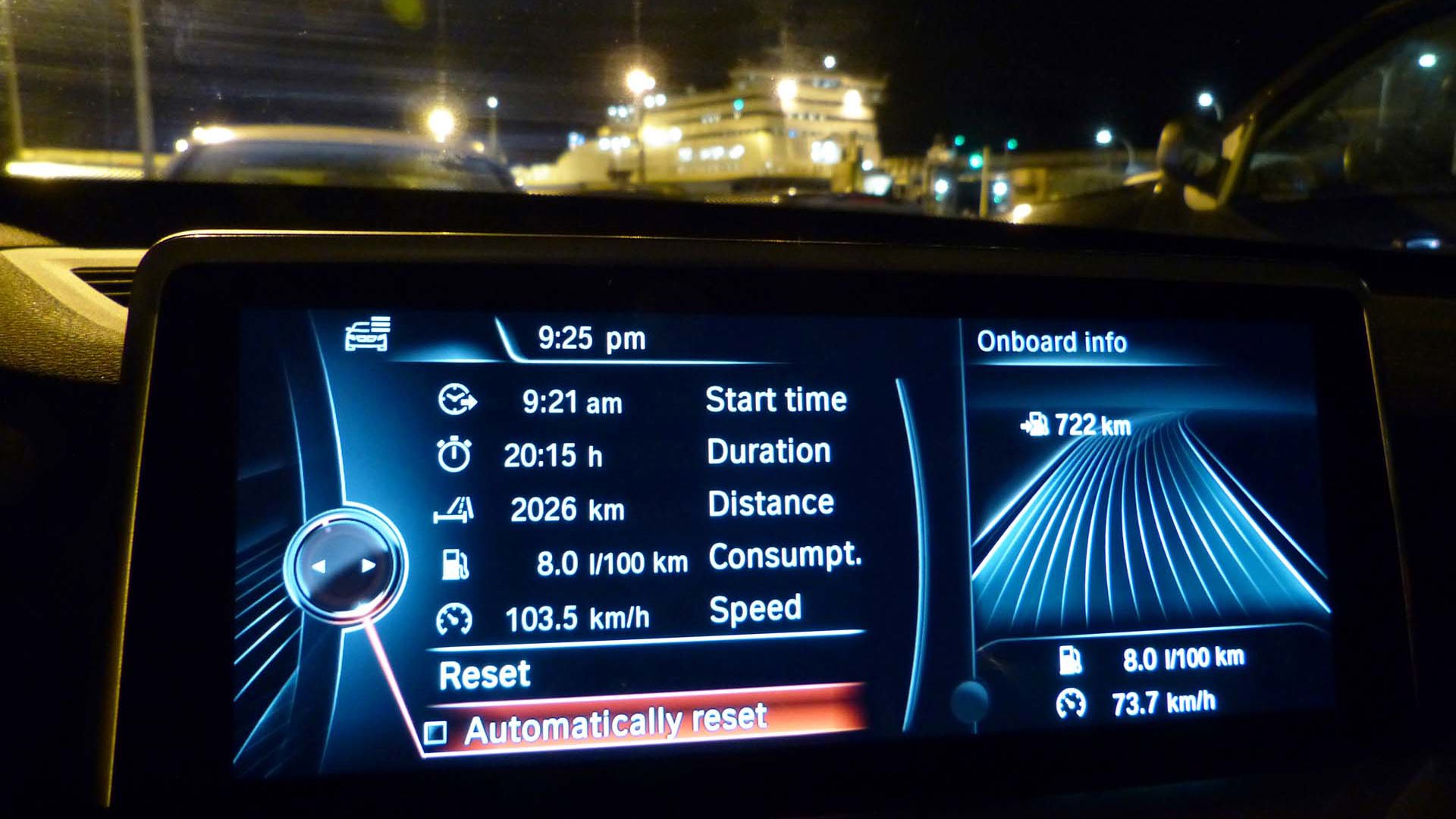
Getting to Newfoundland by car is an adventure in itself.
We started in downtown Toronto and needed to get to North Syndey, Nova Scotia to catch the ferry to the west end of the island at Port-aux-Basques. This is technically doable in two days, but it makes for anxious going. Given that we had two young children with us, one being relatively untested on a multi-day drive, we opted to go the less stressful route and stretch it out to three.
My French is passable, so we opted to stop for our first night in Lévis, just south of Quebec City. This allowed us to leave the next morning with a bag of fresh cheese curds to snack on for breakfast. It was a win-win situation.
Our second night’s stopover was in Fredericton, which left us with a leisurely drive through to the far end of Cape Breton Island to board our ferry to Port-aux-Basques on night three.
This is one of two ferry route options for getting to Newfoundland; the other arrives in Argentia, a village less than two hours from St. John’s. Each of these routes has its advantages and disadvantages.
The Port-aux-Basques crossing is shorter (five to seven hours), more affordable, and has more flexible scheduling. Day crossings mean you can skip the cost of the berth and enjoy the crossing awake in a recliner; night crossings save you time in your day and the cost of getting a hotel for the night.
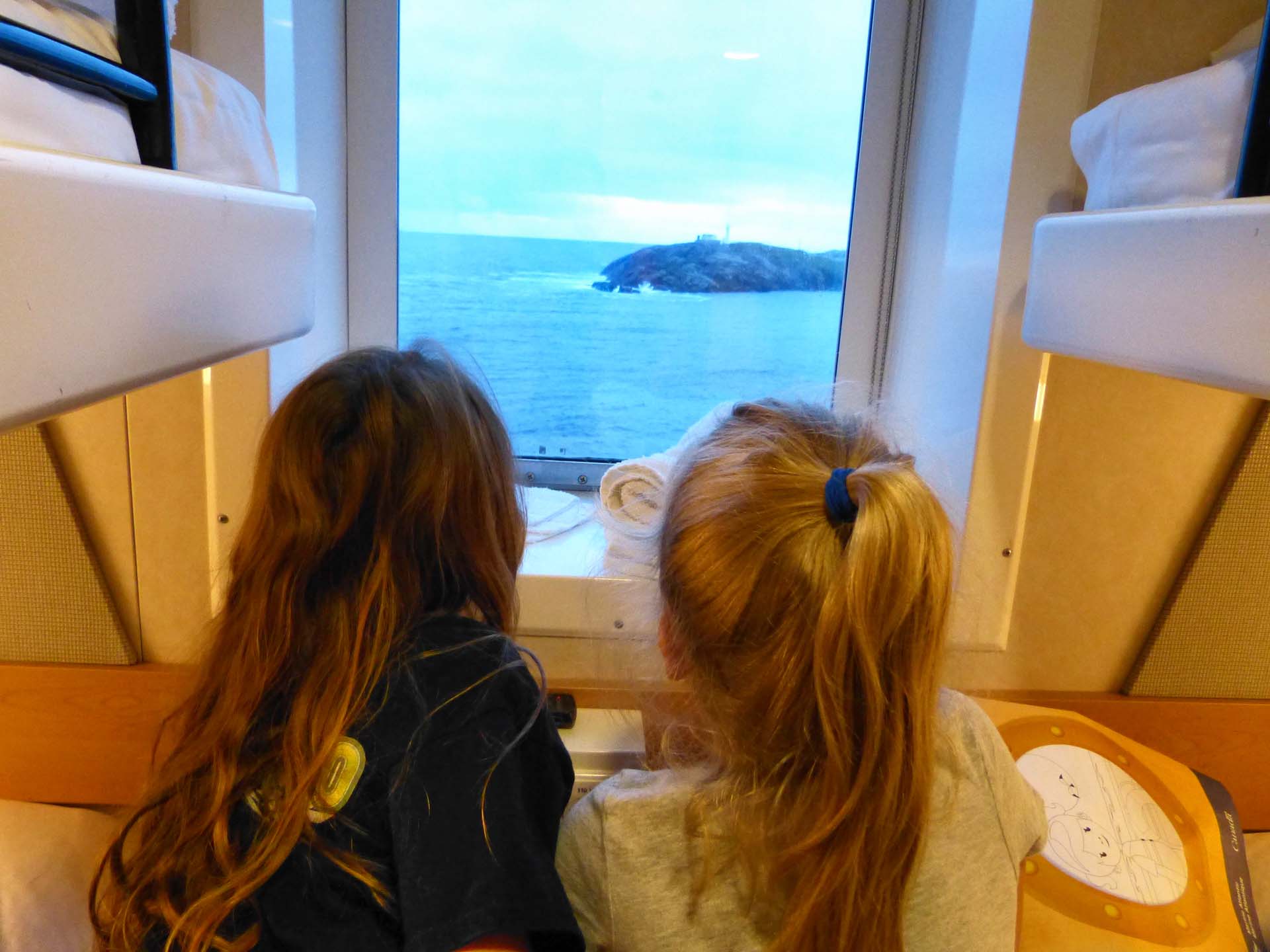
We opted for the night crossing to Port-aux-Basques on the way there and reserved a four-bed berth. Our morning departure from Fredericton got us into North Sydney right at the beginning of the check-in window, which is relatively narrow – it opens four hours before departure and closes two hours before.
On the way back we opted to try a deluxe cabin and take the route back from Argentia.
This trip is longer (14 to 16 hours), more expensive, and significantly less flexible with only three departure options a week during peak summer months. But apart from one aspect, I ended up enjoying this trip much more.
There’s nothing at all near this ferry terminal food-wise, so we stopped in the nearby town of Placentia a few minutes away at a café called The Three Sisters. I think their pan-fried cod was among the best I had on our entire trip.
When we got to our cabin, we were amazed – compared to the berth on the inbound trip, it was downright opulent. It had every amenity of a standard hotel room: a queen-sized bed, a couch, a fridge stocked with pop and juice, closets, and a respectably sized bathroom and shower.
We opted to eat dinner at the on-board buffet restaurant, which was not haute cuisine but had a good variety of options. That gave us a good couple of hours to visit the gift shop and walk around on the decks before getting my daughter to bed at a much more respectable hour. With an expected arrival time in North Sydney of 10:00 AM, a leisurely cruise and good night’s sleep seemed to be in the cards.
That is, until the storm hit.
STORM TIME HITS HARD
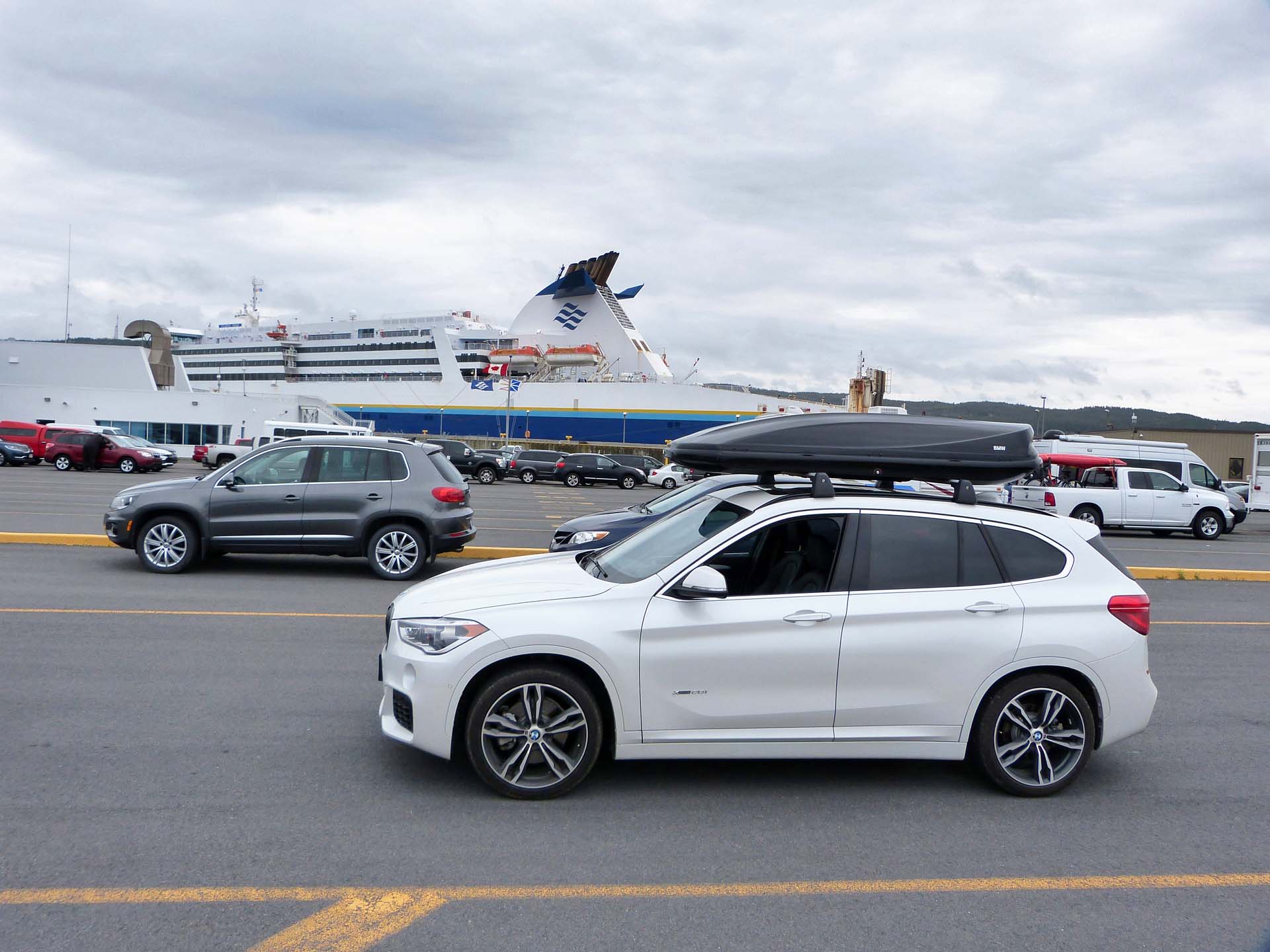
According to the staff I spoke to the next morning, we sailed right through the remnants of a hurricane. We awoke in the middle of the night to the sensation of the ferry lurching upward onto huge waves and crashing back down so loudly that my daughter asked me more than once if the boat was going to break. I consoled her for more than an hour by telling her that the ferry operators would never have let the boat leave dock if they thought we wouldn’t be safe, which after a while I only marginally believed myself.
I worried myself near-sick about whether we’d be hurt somehow, whether we would get any sleep, and what state the X1 would be in the next morning.
And then the weather passed, the rocking stopped, and once our hearts slowed down again, we settled back down to sleep.
We were among the luckiest passengers that night. Our big and cozy bed, which happened to be oriented bow to stern, had us lying such that we were facing into the waves. The people in the bunks facing port or starboard would have been absolutely miserable just trying to stay in their bunks.
Anyway, when we woke up the next day we were fine, the X1 was fine – the staff chain every car down very securely before leaving dock – and everyone else was fine, too, if a little bleary-eyed.
So the marine adventure ended well. And the ordeal actually helped us in a way: the storm pushed us into dock almost two hours earlier than expected, which gave us just enough extra daylight driving time to get back to Toronto in two days instead of three.
I mentioned our experience to a couple of Amy’s relatives once we were home, and they all nonchalantly replied, “Oh, yeah. Just about every islander has a story of a crossing like that.”
It was all just another part of finding the real Newfoundland experience.
DRIVING ON THE ROCK
Think your town’s potholes are bad? Try driving in Newfoundland. The standard for passable roads on the island is really very broad.
There’s only so much they can do, really. The harsher the winters, the rougher the roads, and man, are Newfoundland winters ever harsh – and long. Even some sections of the Trans-Canada Highway are in pretty rough shape.
When it’s rainy – which is often – the ruts in the road collect enough water to make hydroplaning a serious problem. And it seemed like at least once a day we were surprised by a pothole deep enough to swallow a Mini, and I was certain each time that I’d dented a rim and would have a tire going down in short order.
That never happened, fortunately. I was very grateful to have had a well-built and capable vehicle for this trip in the BMW X1. Newfoundland is not a place where you’d want to try to get around in a beater – or a car with no spare tire, as is increasingly common these days.
That said, not all of Newfoundland’s roads are rough. The undulating drive through Gros Morne National Park is as enjoyable itself as the scenery it takes you toward. And there are some sections of highway that have been fixed up more recently and are in relatively good shape.
For every one of those, though, there’s a road like The One That Got Away.
On our last full day in Newfoundland, we checked out Google Maps and spotted Pouch Cove about an hour north of St. John’s. My daughter had read in a book about Newfoundland that you can see a lot of whales from the harbour there, so off we went.
Our drive took us through some of the most postcard-perfect villages we had seen on our entire trip. From St. John’s to Torbay, Flatrock, and onward, every hill and harbour was just the picture of beauty.
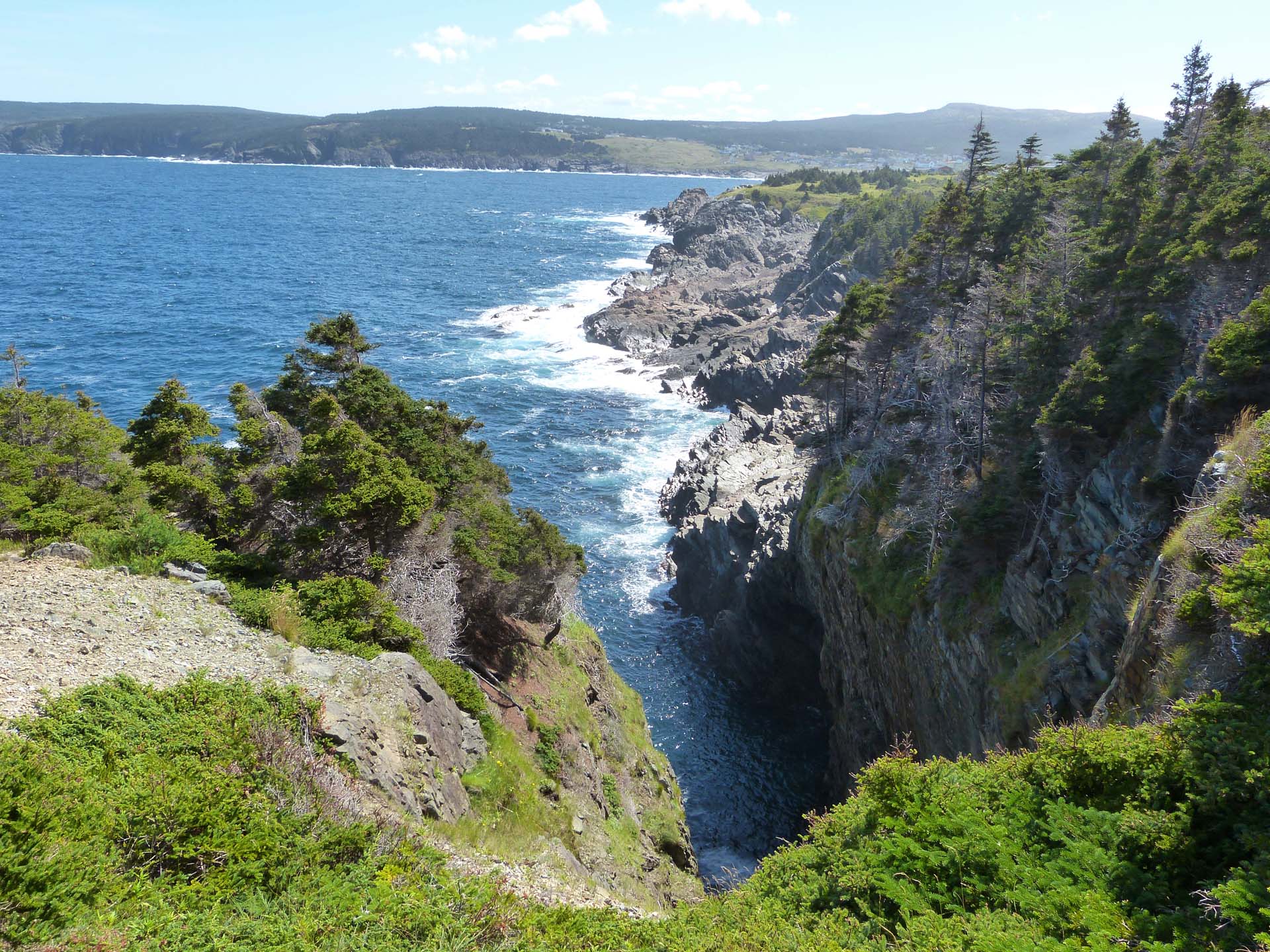
After we reached Pouch Cove, we stopped to watch the ocean for a while. We had no luck with any whales. It turns out that the end of August was a little late in the summer for our prospects to be very good.
But as I was checking Google Maps again to map out our route back, I noticed a little jut of a road that continued past Pouch Cove and up to the very end of the point. Being the inquisitive sort I am, I couldn’t leave without seeing what was at the end of it.
We drove toward the road and started along it. I began to get mildly concerned when it turned suddenly up a sharp incline, and that concern deepened as the surface began to degrade.
But when I really started to second-guess myself was when we drove past the huge sign that says “NOTICE: The Department of Fisheries and Oceans maintains this road for use by four-wheel-drive vehicles only. Any use beyond this point is at your own risk.”
At first, I assumed I was being ridiculous. The X1 is all-wheel drive, I said to myself. It’ll do fine.
But then the road got really steep. And halfway up a huge hill, I came to… well, as screeching a halt as one can come to on a loose gravel 12% incline with several small boulders and a large flooding rut in the way.
The X1 is a very competent vehicle. I was mildly concerned about its ground clearance, but it probably would have gotten through fine.
However, given that I don’t personally own the one I was driving, I was on a very overtly unassumed road, and I thought better of getting stranded in remote Newfoundland with my five-year-old in the back seat, I opted to back my way slowly down the hill while several pick-up trucks blazed by me, their drivers staring at me like I was the most idiotic creature they’d ever seen in their lives.
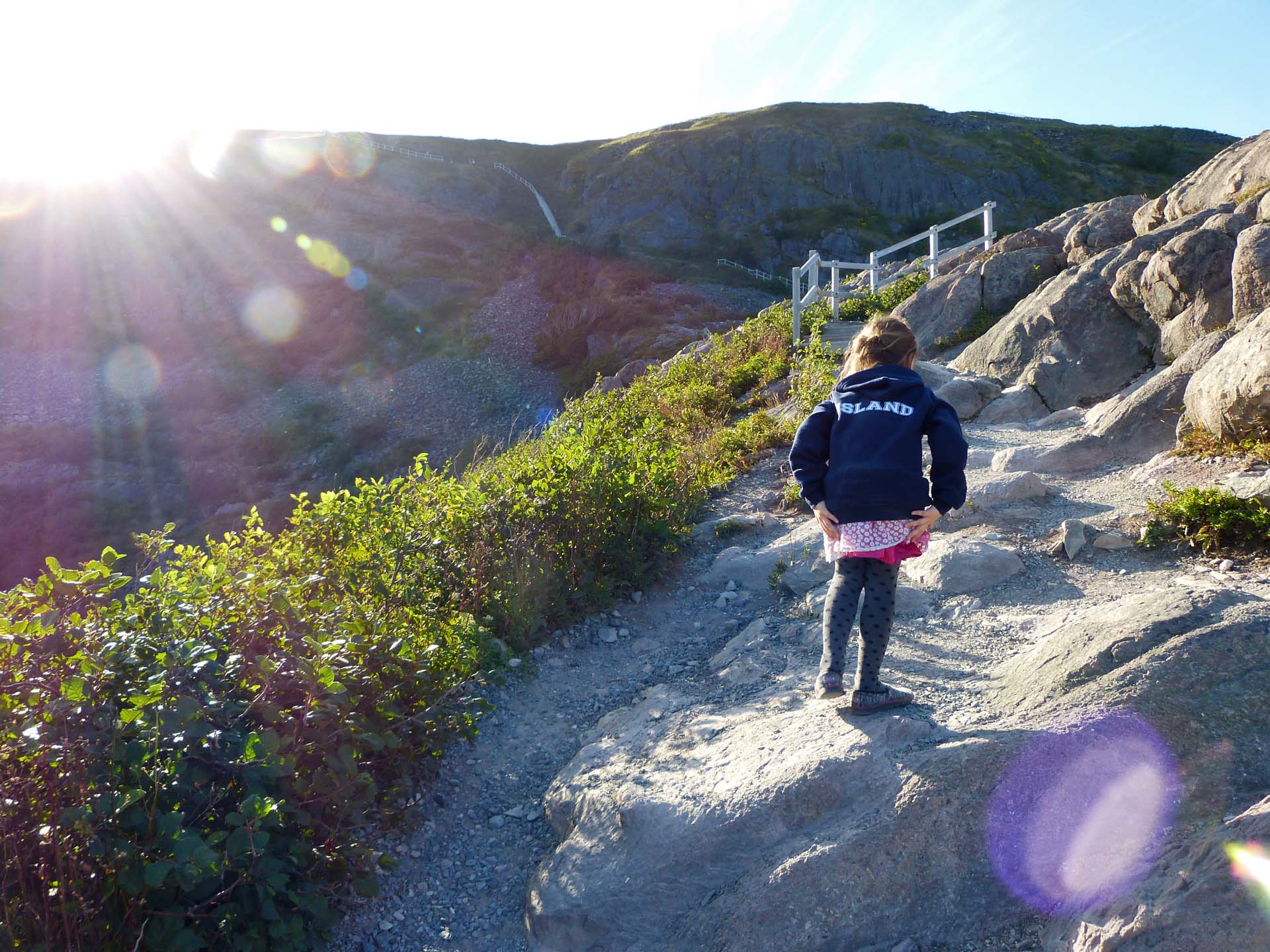
Now I don’t know what’s at the end of that road, and it’s killing me. It’s probably just three houses and a dead end. But it might be the most gorgeous vista that no one has ever seen. Besides those pickup owners. And I still haven’t seen it because I chickened out.
Someday, I’ll go back there in something I don’t mind potentially destroying and find out.
DON'T DRIVE AT NIGHT
There’s one more thing all drivers should know about Newfoundland, and no visitor is ever there long before a local makes him or her aware of it.
“Enjoy your trip. Don’t drive at night. Watch out for moose!”
For the most part, outsiders laugh at this. And to be fair, it does sound hilarious. I can’t drive at night because I might hit a moose? You’ve got to be kidding. But no – they’re extremely serious.
Moose are not indigenous to Newfoundland. They were introduced in the late 19th century to provide an alternate food source for the province’s isolated fishing villages.
Today, an estimated 120,000 moose can be found on the island, the most concentrated population in the world. And the small volume of traffic on Newfoundland roads isn’t enough to scare them off, so they can be found hanging around on them surprisingly often during their active hours between sunset and sunrise.
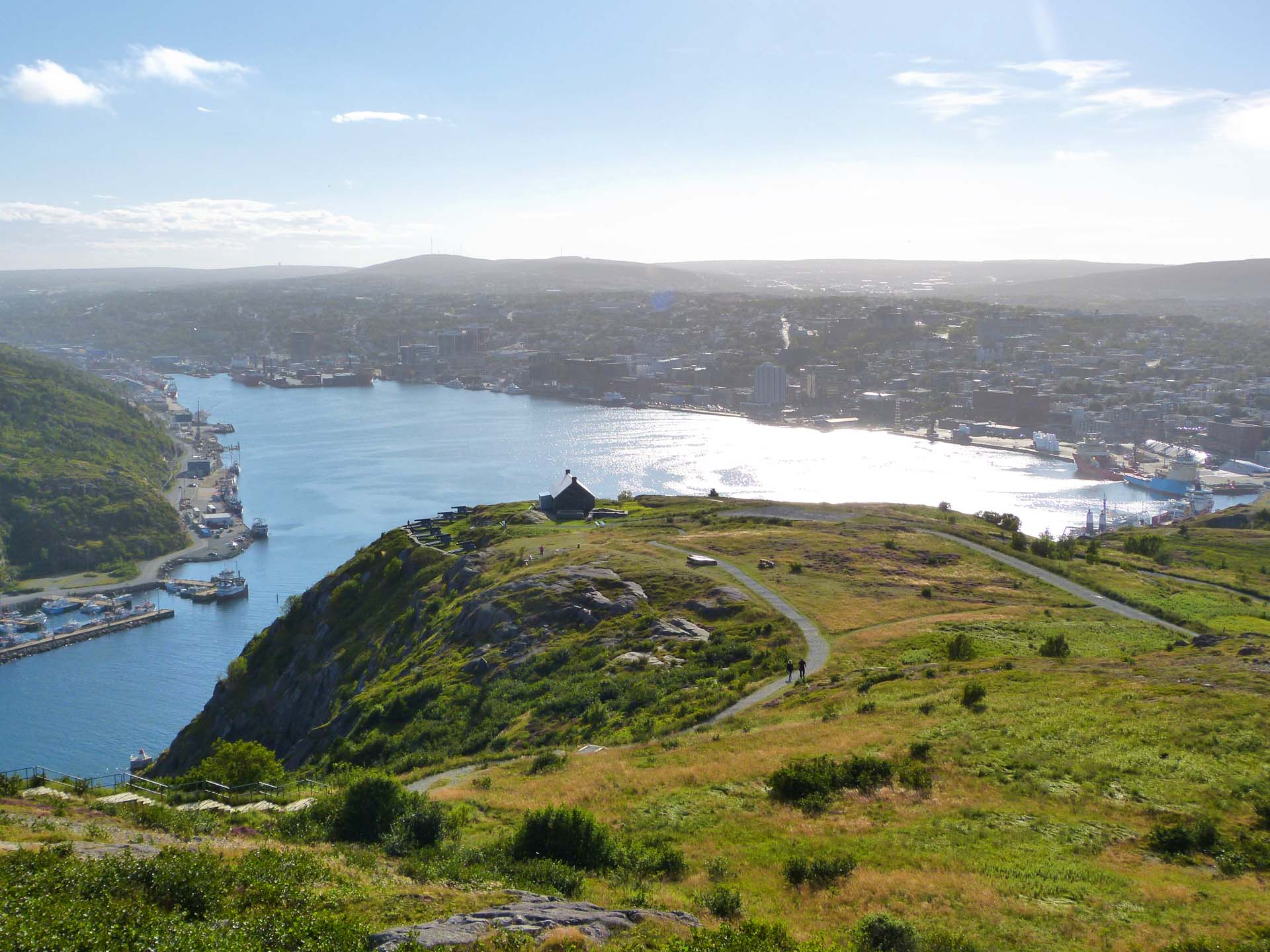
This matters because of the specific threat moose pose to drivers. Much like deer – a more relatable risk to mainlanders – moose have spindly little legs and a huge body. But a moose’s body is significantly bigger and heavier than a deer’s, and if you take out its legs with a car, guess where the rest of it is going.
That’s right: directly into the driver’s head.
Just about every islander knows someone – or knows someone who knows someone, at the very least – who has died as a result of a collision with a moose. This includes Amy, whose Uncle Wayne died after colliding with one on the Trans-Canada Highway just south of Terra Nova National Park. He was 27 years old and left a young family behind.
Driving to Newfoundland is a fabulous vacation and should be on everyone’s bucket list. But for your safety, be sure you plan your adventures around being back at home base before dark each night.
THE BMW X1
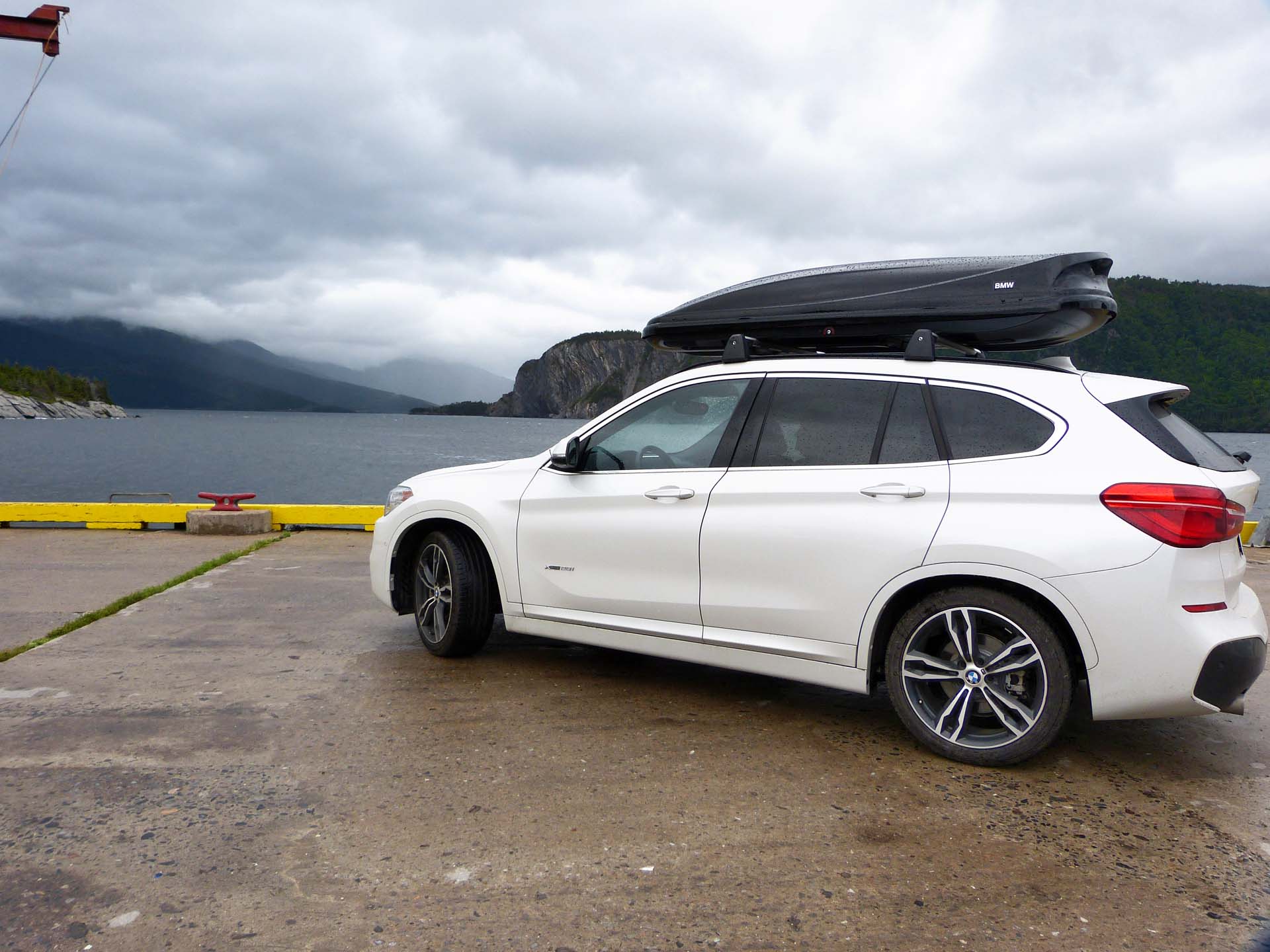
When I learned I would be taking the BMW X1 on this long drive to Newfoundland and back, I was mostly very excited and a tiny bit concerned.
I’d had previous experience with the second-generation X1 after it launched last summer, so I was already familiar with how much I enjoy the compact crossover -- or sport activity vehicle, as BMW calls them -- as a vehicle for a small family in an urban setting.
What I was a little anxious about was how comfortable we were going to be once all four of us and our luggage were piled in and we needed to live together in it for a minimum of four hours a day for 10 days straight.
I’m not going to lie: it was cozy, but not uncomfortably so. With Amy in the front and my daughter in the back on the same side, the two of them had a bit of trouble finding a balance that gave them each enough leg room – though this had more to do with Amy having a cooler, trash bag, and fairly large backpack to contend with in her footwell than anything else.
Where we really could have struggled is in cargo space. It turns out -- and I know this will come as a shock to all of you men out there -- two women and two children take a lot of stuff with them when they’re going to be away for nearly two weeks.
Fortunately, our X1 also included the use of a BMW roof box. Without that, frankly, there’s no way all our stuff would have made it.
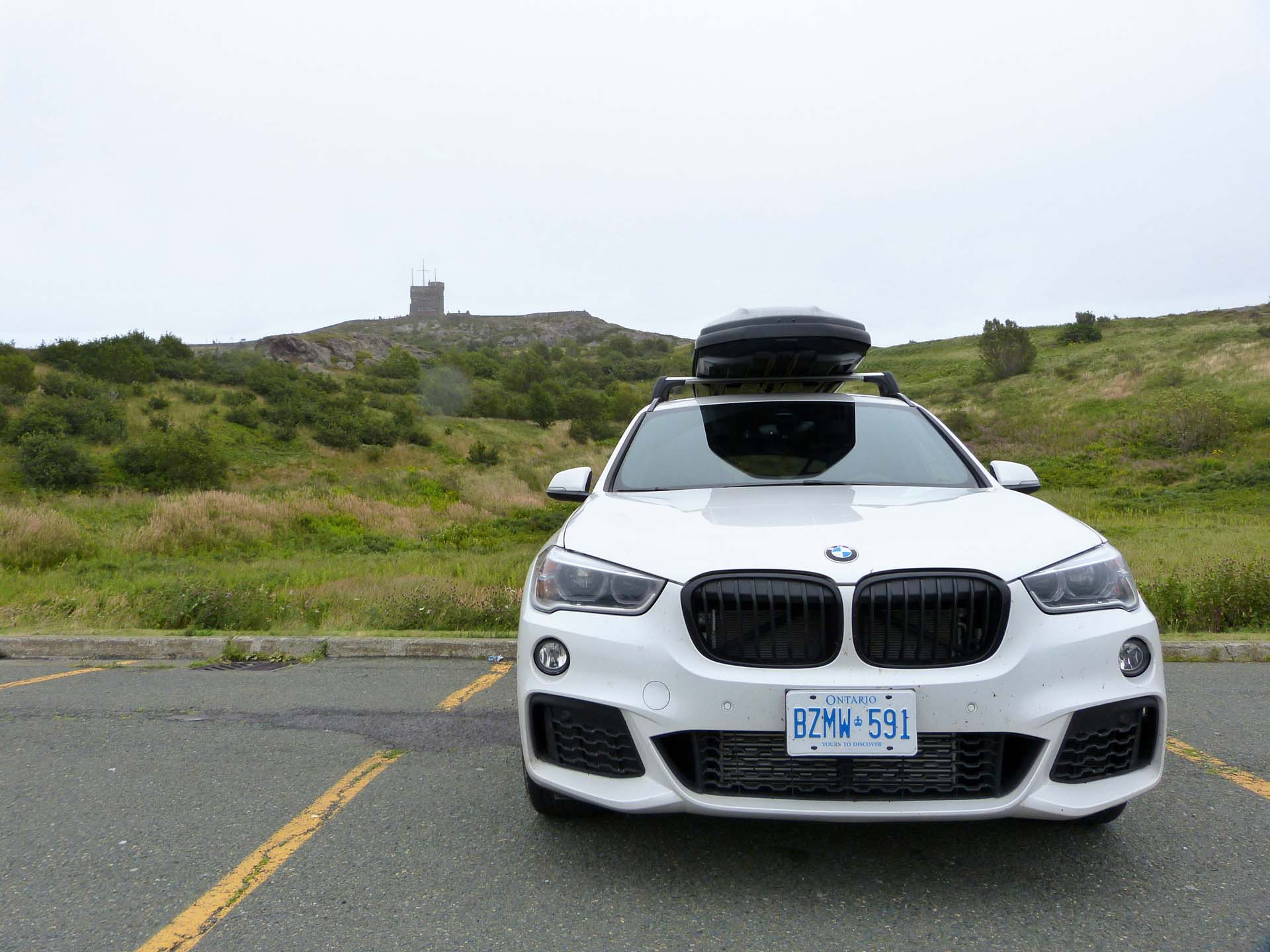
I don’t have a lot of experience with roof boxes, but I was very happy with the way BMW’s works once I got used to it. It’s an add-on that costs just shy of $1,500, so it’s perhaps not the most frugal option out there. But it does secure directly onto a BMW’s roof rails, which saves a second level of attachment bars and keeps it closer to the car for better aerodynamic performance. It’s double-hinged so that it can be loaded from either side, and each side has three latches that all need to be secured properly before the lock will release the key – which sometimes requires a bit of repacking, but it keeps you from driving away with it primed to fly open and spew your cargo across the highway.
Putting a roof box on a compact crossover taught me something else that I had often wondered: that urban families who prefer a small, nimble vehicle as their daily driver really can have it all. Take the box off and you’ve got a great city car that’s easy to get around on tight streets and park in tiny spaces; throw it back on and you’ve got the storage capacity you need to set off on your adventures.
I did find that using the X1 for this purpose required some minor compromises. In the city when driving alone, for example, the 228 horsepower from the 2.0-litre twin-turbocharged I4 engine is more than enough power to make the X1 feel spirited and fun. When fully laden with full roof box and all, though, I had a few moments where I wished there was a little more under the right pedal. But those were few and far between, relatively speaking, which is maybe the more notable point.
I also discovered a couple of surprises that I hadn’t noticed in my more brief previous encounters. There’s only one USB port in the X1 and it’s not high-voltage, so we ended up having to buy an adapter for the 12-volt plug at a service station and take turns charging our phones.
What was even more surprising, though, was that even with a well loaded example that topped out at $54,470, adaptive cruise control is neither included in this price nor available as an option.
Don’t take any of this to mean that I’ve cooled off in any way on the X1. I still enjoy it a great deal, and I think it’s an easy car to enjoy even when not so well-equipped as to hit this one’s price point.
Above all else this trip proved the X1’s adaptability, which for modern families may be the most important feature of all.
IN NEWFOUNDLAND, EVERYONE IS FAMILY
Newfoundland has an awful lot going for it, but its most special treasure by far is its people.
An important aspect of this trip was to give Amy and Lily a chance to see family members who they don’t visit with often, which meant that my daughter and I were tagging along and being put up in the homes of people who I had either never met before or hadn’t seen in many, many years.
But the thing is, that didn’t matter at all. The second that we walked through anyone’s front door, we were instantly family.
It’s an openness of society that some parts of the world have forgotten ever existed but has been perfectly preserved here. There’s no initial suspicion, no hesitation – if you walk through their door, you’re as good as family.
We went looking for the real Newfoundland, and this is where we found it: not as much in the landscapes or the food or the attractions, but in the warmth and hospitality of its people. If you go, be sure to take the time to discover it for yourself.
WHAT TO SEE, WHAT TO DO
Newfoundland is far bigger than most people realize.
We were on the island for seven days during which we drove from one side to the other, and the truth is that wasn’t nearly long enough. We spent far too little time actively exploring and far too much time driving to keep ourselves on schedule.
In our week, I felt as though we only scratched the surface of everything there is to see and do.
Gros Morne National Park
The scenery here is absolutely stunning, and there’s such an enormous amount to see, from the dramatic fjords to the Tablelands, one of few places where the Earth’s mantle is exposed to the world above, and everything in between.
Bonne Bay Marine Station
In Norris Point, we visited the Bonne Bay Marine Station, which is a working research station associated with Memorial University. Our tour began with an up-close look at some rare sea creatures and ended with the girls picking up sea stars and snails from a touch tank that was such a thrill for them that it became one of the highlights of their trip.
With some extra time we could have spent days exploring the park and even driven up to L’Anse aux Meadows to check out the early Viking settlement remains there.
Cape Spear
When in St. John’s, an afternoon at Cape Spear is a given – a photo with the sign marking the easternmost point in North America is a must-have souvenir.
But there’s more to see here, including the remnants of a World War II battery and the old and new lighthouses. The girls delighted in filling out the activities in the books to earn prizes as we left, dogtag necklaces that they were able to take home as mementoes.
Signal Hill
This is another well-known attraction that’s considered an essential stop.
Cabot Tower is of passing interest for its historical significance, though its lower level has been overtaken by a gift shop and climbing to the top only marginally adds to the view.
What’s truly remarkable here and far less utilized is the expansive network of hiking trails that offer access to fascinating flora and fauna and even better vistas.
Similar to Cape Spear, the kids’ activity books and take-home prizes are available at Signal Hill as well.
On a clear day, the views over the city and harbour of St. John’s are breathtaking. On a foggy or chilly day, try to reschedule if you can.
Quidi Vidi Village
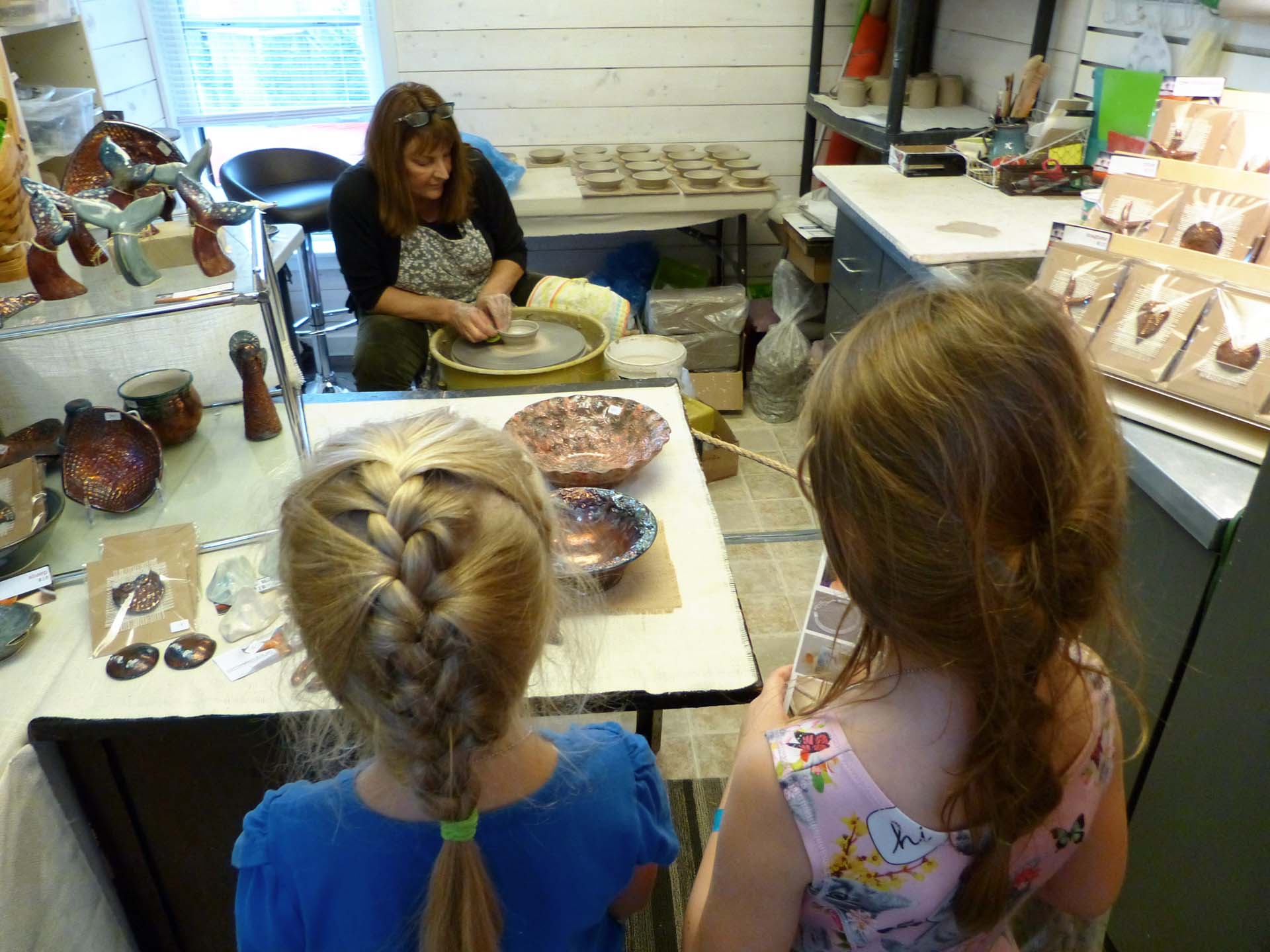
We had a delicious brunch worth going out of the way for at Mallard Cottage in Quidi Vidi, a quaint fishing village that has been absorbed into greater St. John’s by the city’s expansion.
The village also plays home to a brewery (whose products are available in bars and restaurants all over the city, so don’t fret if you’re not able to make a stop) and the Quidi Vidi Plantation, which plays host to roughly a dozen local artisans making and selling their wares. Our daughters enjoyed learning about wire knitting and watching as clay bowls were formed on a pottery wheel.
Raymonds
We scored a last-minute reservation at Raymonds on Water Street in St. John’s, which is featured on The World’s 50 Best Restaurants and has also been rated as Canada’s best.
Our seven-course meal bolstered this reputation by beautifully highlighting locally sourced ingredients from cod to scallop and lamb, ending with a dessert made from a melange of native Newfoundland berries.
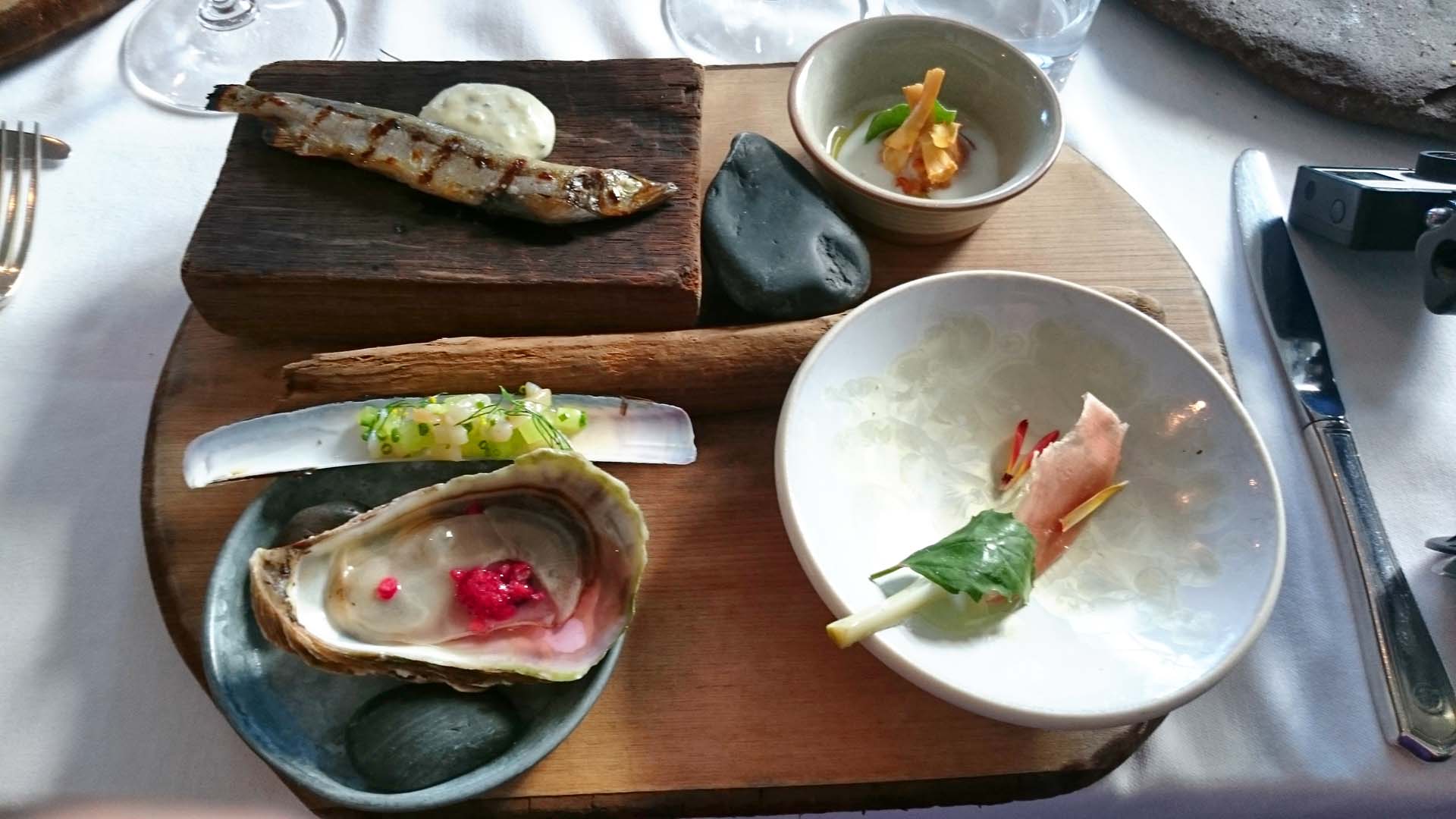
We took the girls with us, not really having a choice in the matter, and found that the kitchen wasn’t able to adapt easily to younger palates, so I’d recommend leaving yours in the care of a sitter if you can (which, to be fair, should probably be a given anyway).
That aside, for those who appreciate an artful meal, Raymonds really is an experience not to be missed.
George Street
Amy and I tapped one of her aunts for babysitting so that we could check that most cliché of Newfoundland tourist traps off our list: we headed to George Street to get me screeched in.
In talking to locals about it, I found that some turned their noses up entirely and others sort of sniffed and said the fuss over it is good for tourism. Claims that the custom is in any way traditional are evidently exaggerated.
We heard that the ceremony at Christian’s is the best but they were sold out for the night by the time we called to book, so instead we ended up at Trapper John’s. The whole thing was extremely cheesy and felt a little bit like an assembly line operation. If I had it to do again, I would have tried to do it in a smaller town where it might be treated as more personal. The whole thing was good for a laugh, anyway.
Just drive
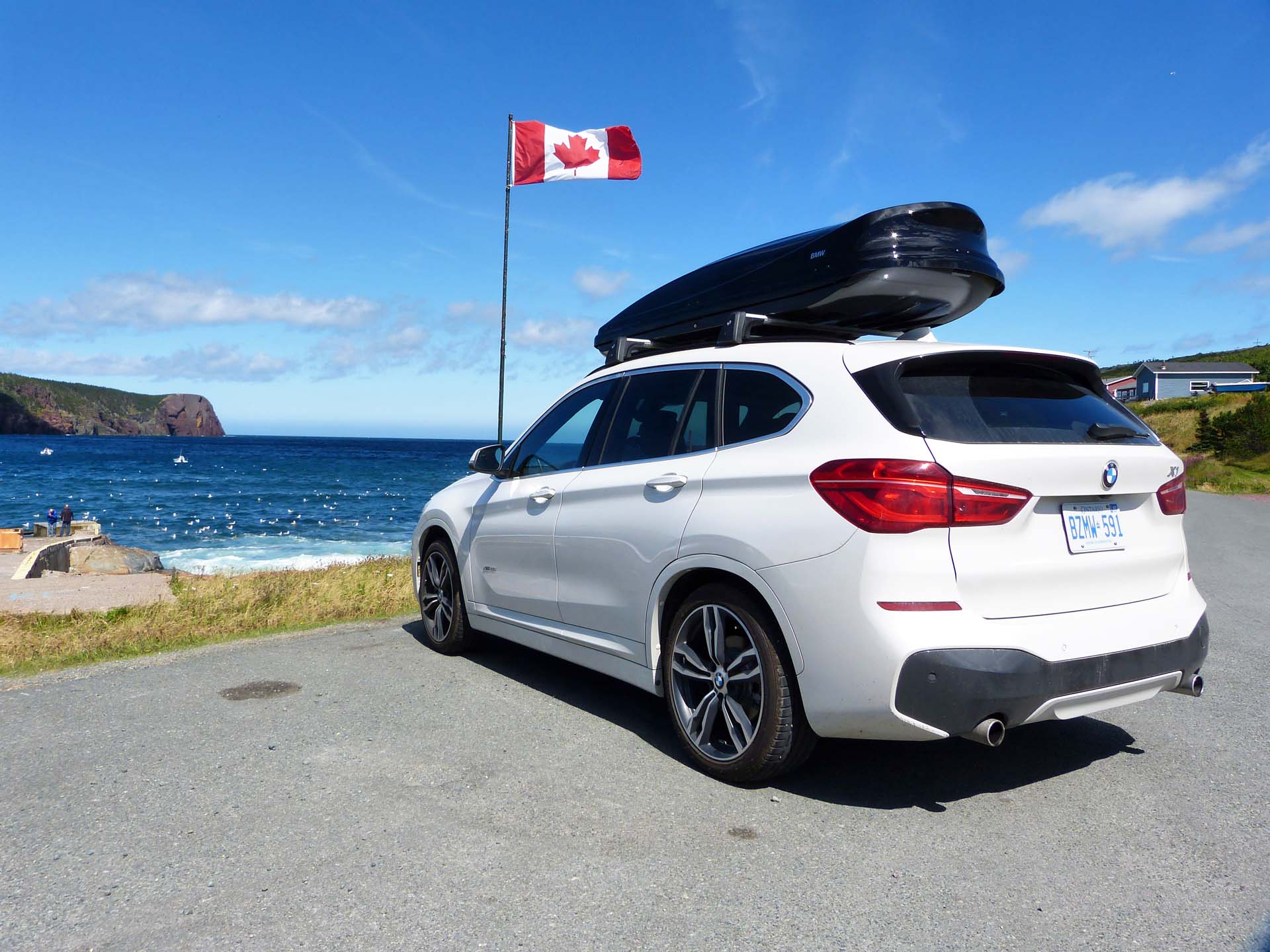
There are plenty of places in Newfoundland where the best way to go sightseeing is just to hop into your car, pick a direction, and go.
My favourite such drive was a trip north from St. John’s up through the coastal villages of Torbay, Flatrock, and Pouch Cove. Each one offered stunning views from its harbour, and the route was just the right distance to occupy a leisurely afternoon.
Toward the end of the road in Pouch Cove, my daughter and I happened on a leg of the East Coast Trail and hiked up it for a little while. It didn’t take long for me to decide that it was a tad too challenging for a five-year-old, but on the way back we crossed paths with some people who had filled several buckets with fresh blueberries picked right off the hills lining the coast. I had done something similar and made blueberry jam in the kitchenette in our house in St. John’s. It was my favourite souvenir.
Castle Hill
The Castle Hill National Historic Site is different from the others listed here – it’s a little off the beaten path, being 90 minutes outside of St. John’s near the town of Placentia, and it has a much more historical and educational feel.
Activities are geared toward the significance of Fort Royal, a 17th-century fortification built by the French that was transferred into British hands following the Treaty of Utrecht during a period that sharply defined Eastern Canada’s early history.
With its somewhat more serious tone (and the lack of a friend as a distraction as Amy and Lily had gone home at this point) I wasn’t sure how my daughter would take to Castle Hill, but she surprised me with how thoroughly she enjoyed it. She immersed herself in the audio tour and came away asking questions that created good teaching opportunities about the history that has shaped us as a nation.
She was disappointed that she didn’t get to add another necklace to her collection as that program seems to be unique to the St. John’s historic sites. But as a three-hour stopover while we waited to board the ferry in Argentia, Castle Hill couldn’t have been better.
